If you’re interested in some off the beaten path options Ostrander Lake in Yosemite National Park is one such offering. A hike worthy of at least an overnight campout will take you to a beautifully pristine lake in the summer. Or, if winter is more your style, you can snowshoe or ski in and snow camp at the frozen lake.
Table of Contents
Hiking Info
Location: Yosemite National Park near Glacier Point (Google Maps Directions)
Parking: $35 National Park entry fee
Distance: 12.4 miles out and back
Difficulty: Moderate to Difficult
Dogs: Not allowed
Gear: Osprey Talon 22 Daypack | Igneo 17 Sleeping Bag | MSR Mutha Hubba NX Tent | MSR Trailshot Microfilter | BearVault Food Canister | Nemo Tensor Sleeping Pad | Snow Peak Trek 900 Cookset | Esbit Ultralight Pocket Stove | Adventure Medical Kit
Cost:
- Gas: $65, 378 mile drive
- Park Entry: $80 – annual pass purchase
- Food: $20 – sandwiches and misc supplies
The Story
My eyes fluttered open around 6am, long past sunrise at 8,500 feet of elevation. Through the mesh screen of the tent, pristine blue sky and towering lodgepole pine trees greeted me while birds chirped and woodpeckers accosted insects. Having slept in my clothes, I sprang up, feeling incredibly energized, and half-strolled, half-leaped down to the lake. Squatting at the water’s edge and watching trout jump at mosquitoes, I contemplated the journey here.
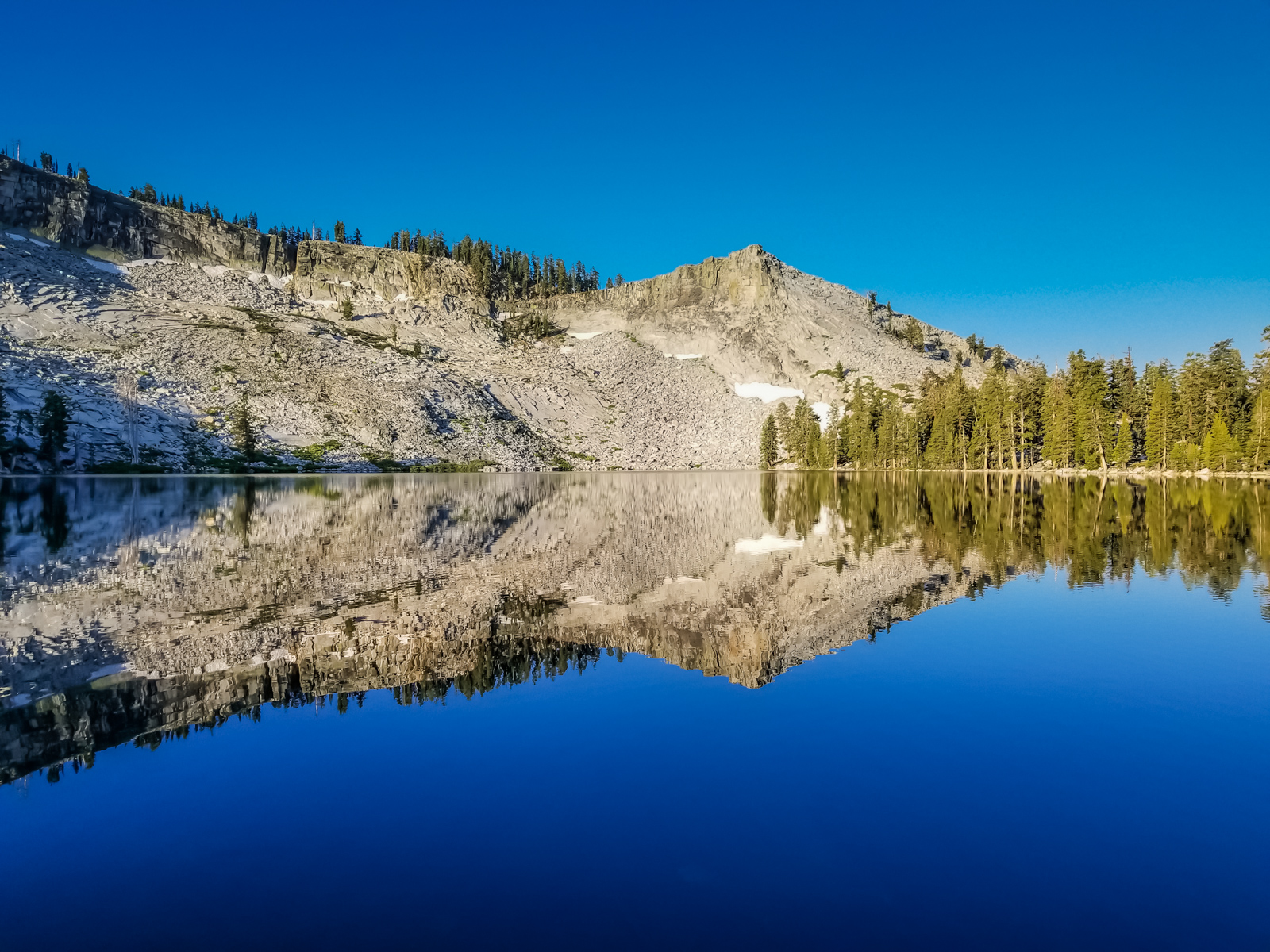
Ostrander Lake is both a summer and winter hike. In winter, cross country snow skiing is the method of travel, with access to the snow lodge open. During the summer, it’s a grueling 6.2 mile hike from Glacier Point Road to the lake.
I didn’t have plans to go to Yosemite. I keep telling myself, “Mike, just stay home for the next couple weeks, catch up on writing, do some gardening, and breathe.” Naturally, an opportunity came up to do the exact opposite and I immediately said yes. Several days later, I was on my way to Yosemite.
The morning of the hike, I departed at 4:30am. Yosemite National Park is roughly 4 hours away from my home base of Sacramento, including stops for gas and whatnot. My post on Walkable Yosemite Sights includes ideal gassing up points.
Upon arrival, I went to the Wilderness Center to get a permit for an overnight backpacking hike. Ostrander Lake only holds 20 permits per night, and I happened to snag the very last one. Apparently, its a Wawona area, so the Wilderness Center had to call that station to verify they had the last opening still available for me. Permit in hand, instructions given, and bear canister in tow, I was ready for the time of my life.
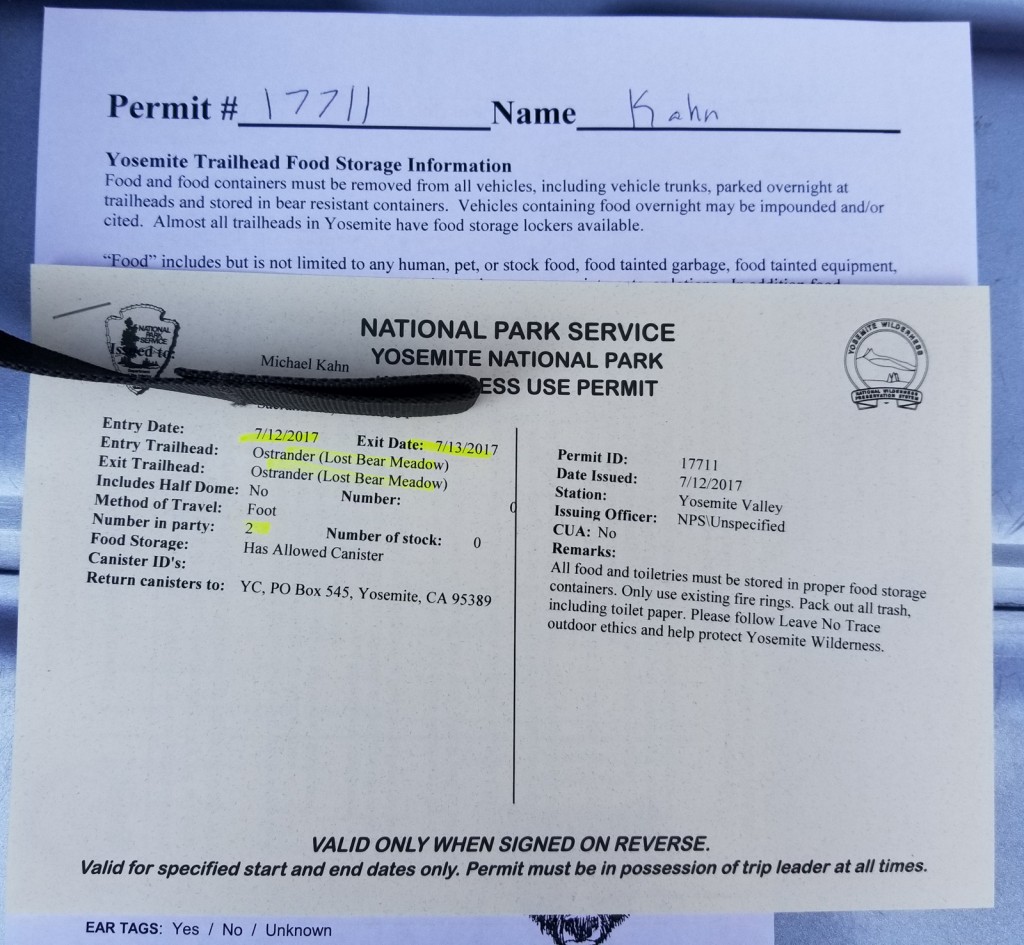
The trailhead began with the first few miles meandering through meadows, marsh from the recent snowmelt, and pine forests, chock full of chickadees, woodpeckers, brown creepers, and northern flickers. I have to admit, I’m not a birder, but I read these are the birds found along the trail. Some of the names sound made-up, so take it with a grain of salt and trust my accuracy if you dare!
Walking through the marshy meadows was incredible. With each step, small butterflies flew around me and giant ants crawled between footsteps. Thousands of brightly colored flowers, yellows, whites, pinks, reds, and oranges lined the trail. Sounds of trickling water and wind through the pine trees and tall mountain grass interspersed themselves with the occasional bee buzzing in my ears.
The trail split several times in the first half. Thankfully, signs were aplenty and easy to read. Keep going left. Trees had bright yellow reflective markers nailed to them – meant for cross country skiers, but also helpful to summer hikers to ensure the trail is being followed.
After the second trail split, the path began to meander sharply upward. The trail went up and over large granite mountainsides carved out by glaciers from millennia ago. Small shrubberies and flowers grew amongst whatever cracks could be found. This portion of the hike was especially grueling as the trail climbed up about 1500 feet over a few miles.
With frequent stops and catching my breath, not being used to either the elevation nor the weight in my bag, I finally caught sight of Ostrander Lake. Sweet sweet destination bliss lay ahead. The trail had just started to dip down and I found myself with renewed energy. Leaping and running from small rock to pine-needle covered dirt and back to the next small rock, scampering from side to side of the trail, with the center cut out from water, I made the last trek of the trail all the way down to the lake at breakneck speed. The last stretch hustle caused my backpack to bounce up and down, hitting my backside with plenty of noise and force, encouraging faster speeds. I most likely had a shit eating crazy grin on my face. Explains why the bears were nowhere to be seen.
Finally, I had arrived at Ostrander Lake! At the other side of the lake, I could see snow melt from the recent winter and spring storms still melting down into the lake. In fact, not only could I see it, but I could hear the water in the distance as well. I threw my bag down on a large boulder, took off my shoes, took a swig of water, and half-ran half-walked down to the left and around the lake. I wanted to see what potential campgrounds looked like as well as explore and climb boulders. I had intentions of going all the way around the lake and to climb into the snow.
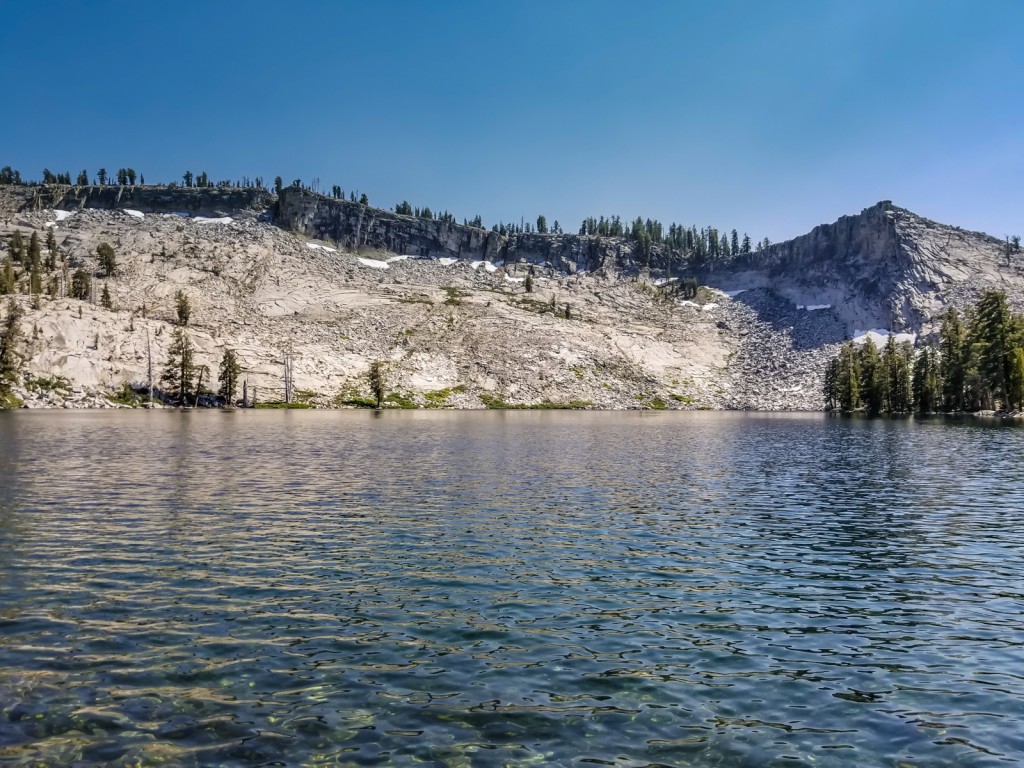
Once at the opposite side of the lake, I couldn’t resist the pristine waters any longer and jumped in. Yes, I removed my phone from my pocket! Despite being replenished from the recent snowmelt, the lake was warm and felt incredibly refreshing. After a brief swim of showing the trout how to properly backstroke, I dried off on a warm granite slab and listened to the fish and distant voices from other campers.
Slowly drifting off, with the sun still high in the sky, I took a brief reprieve in absolute bliss. Upon waking not too long after, I lost motivation to finish going around the rest of the lake and decided I should probably get camp setup before dark. Back at the Wilderness Center, the ranger informed me that campsites with fire circles were all premade and to choose one of those, or to find any spot desired more than 100 feet from the lake. I went for a fire circle, away from all the other campers, yet close to the trail. Easy access for a quick getaway.
With camp setup and ready for sleep, I put my shoes back on and walked back to the swimming area I found and waited for the sun to disappear behind the trees. At one point during the wait, a yellow-bellied marmot (identified the next day by a park ranger) joined me in waiting, seemingly quite content to sit atop a rock and watch me jump around on rocks and strike yoga poses.
I took the waiting opportunity to test out the water filter and see if I died. Filtered the water into an empty bottle, tried some, waited 30 minutes. Still thirsty. Chugged a bunch more and refilled. Success!
With the sun finally beyond the trees and beyond the distant horizon, I briskly returned to camp to build a fire and get dinner ready. It didn’t occur to me until writing this to take photos of my food, which is funny considering I am always taking photos at restaurants. I suppose dark evenings and backpacking food doesn’t look very pretty in its container.
As an accomplished fire builder, I had the perfect fire built in no time. Hot and bright with minimal smoke or embers. While practical to start the fire with pine needles and cones, the real trick is to talk gibberish to an imaginary fire god. I did manage to almost smother it with damp wood at one point, but was able to revive the flames with some extra pine cones and lots of gentle blowing. The fire gods treated me well this evening.
The next mission was to patiently wait until the last rays of light were completely gone and stars filled the sky. At 8,500 feet above sea level, I was eager to see the night sky. As a city dweller, I saw my fair share of stars, but nothing like being up high in the mountains far away from the noises and lights of fellow mankind.
Squatting with my camera on its back, using rocks to prop the camera for different angles, I was able to capture the light piercing earth’s sky. The camera was set to a 25 second exposure, which was plenty of time to quietly listen to water dripping into the lake at a distance, birds calling to each other, and the crunch of sand beneath my feet. Satisfied with the photo quality based on the tiny preview screen, I retired to bed for a very peaceful night’s rest. The bear canister was placed at a safe distance, and I kept a large stick next to me in the tent. I had just seen the movie Backcountry and was ready to poke a rabid bear in the mouth. You know who you are – you suck for tricking me into watching that. Luckily, I didn’t need to practice screaming like a girl and the canister was undisturbed come morning.
Golden hour is my favorite part of the day. The hour before sunset and the hour after sunrise. If you compare colors on the photos, you can see how the low sun casts a beautiful light across the landscape. It was time to begin the trek home. Unfortunately, with the cool morning, mosquitos were out in full force. Despite making good time and fast strides, I spent the majority of the walk back swatting myself. Arms, legs, neck, face, and who knows where else were under constant assault. I hit myself in the face with my big camera a few times instinctively. And most likely missed the mosquito.
On the way back, I stopped to take photos of the flowers as quickly as I could. The way to the lake, the lighting was pretty harsh and didn’t take good shots. The morning sun was my chance to redo photos and try to properly capture the beauty of the hike.
Finally back to the truck, I looked at my tracking and was surprised to find my return hike was slower by 2 minutes than the hike up. I have no idea how I managed to hike so fast up the trail. I stopped quite frequently in the shade and under the afternoon sun. The jaunt down was nonstop at a very brisk pace, or so it seemed. My only explanation is one of the ways was defective. I clocked in at about 3 hours each way.
I hadn’t yet visited Glacier Point this trip and figured to make a quick stop before heading home. The parking lot was full yesterday, with rangers redirecting traffic and a sign up stating it would be up to a 90 minute wait to find a parking spot. Wow. Hate to try for that on a weekend. I hadn’t been to Glacier Point in the summer since around 2009. The rocks looked mostly the same. I quickly made my rounds, took some new photos, and began the drive home.
Helpful Gear Suggestions:
Overall, I felt like I packed appropriately. I see some areas to shave off weight in the future, which mainly includes a different backpack. I keep resisting having too much stuff and like having a versatile solution, but if I want to keep backpacking and do overnight hiking trips, I need a new backpack. Ugh.
I decided to bring along a bottle of vodka for fun. After getting to the lake, I didn’t feel like warm vodka at all. It tastes really bad at 80 degrees and straight. Considering ways to bring beer and keep it cold. Perhaps some dry ice.
I’d like to explore hammock camping versus a tent, but I’m also nervous about having a cold wet nose from a bear in my face.
Osprey Talon 22 Daypack – The backpack wouldn’t have fit everything if I was hiking alone. While great for day trips and carryon for a place, the Talon 22 doesn’t cut it for overnight camping. Its a bit heavy and needs more space. The straps, however, were amazing. I was impressed with how much I was able to fit. I could have tied more to the back if absolutely necessary.
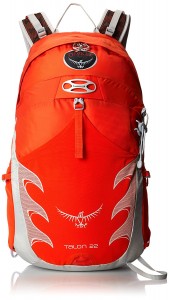
Igneo 17 Sleeping Bag – This sleeping bag is awesome. I originally purchased for snow camping and was concerned it would be too hot for the summer. Unzipped and draped over my body, I was very comfortable and didn’t break out in night sweats.
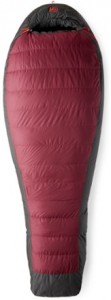
MSR Mutha Hubba NX Tent – This was probably a little bigger than needed. If I used the smaller size, it would have saved a bit of weight. The tent is pretty durable and incredibly easy to put up and tear down. I love the openness of the mesh top to see the sky. It does get a little hot during the day.
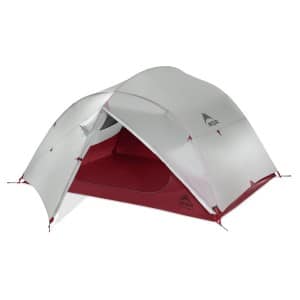
MSR Trailshot Microfilter – I haven’t gotten sick yet! So, it must be working. I have no idea how to keep track of when to replace the filter. I noticed it needs to be squeezed about 30 times or so to remove a plasticky taste that seems to build up between trips. Day to day, water tastes normal. The long tube is very helpful to get water from clean sources.
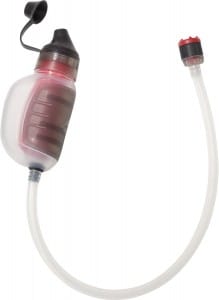
BearVault Food Canister – I haven’t had the chance to see a bear try to get into this. Not sure if I want to be able to review the canister from that aspect. Easy for humans to open and shove a bunch of food into. Kinda want a bigger one, but they get heavy.
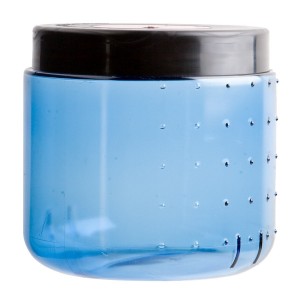
Nemo Tensor Sleeping Pad – Having tried several now, this is my current favorite. The sleeping bag doesn’t slip off it, and neither do I. I wish I could get it slightly firmer, but everything else is pretty awesome. No neck cramps, especially cause I keep forgetting pillows.

Snow Peak Trek 900 Cookset – Works fine and is nonstick for easy cleaning if you burn the food. Oops. Made of incredibly lightweight titanium and great for weight conscious backpackers.
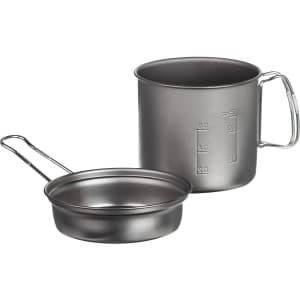
Esbit Ultralight Pocket Stove – Love how these fuel tablets work compared to other camping fuels like canisters and gas.
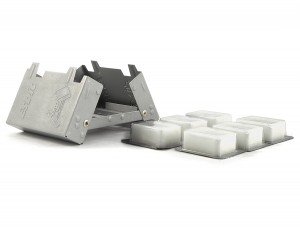
Adventure Medical Kit – Luckily, I haven’t had to break this out, but so far it holds up and it is easy to pack along. Not included is an extra Ace bandage I keep handy, which is versatile for a ton of different situations.
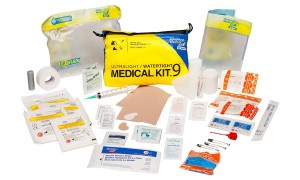
Packing list: Tshirt and shorts worn on hike. Hand towel. Toothbrush/toothpaste. Contacts. Two insulated mugs of coffee. Two 33floz water bottles. One sport bottle vodka. Six miscellaneous energy bars. Three bags of noodle camping food stuff. Phone. Battery pack and cable for phone. DSLR Camera and zoom lens. Flashlight and extra batteries.
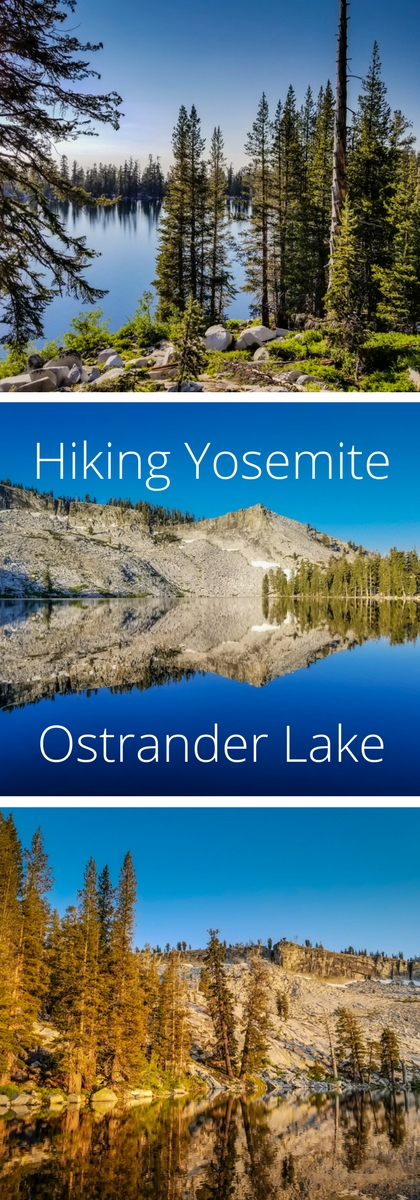
- About the Author
- Latest Posts
I strive to paint vivid landscapes with my words, bringing the magic of far-off lands and enchanting aromas to life for my readers. Combine passion for exploration and the art of gastronomy in an unending ode to the senses. When I’m not traversing the globe, I find solace in the earth beneath my fingertips, tending to my garden and working on projects around my verdant oasis. MK Library serves as a beacon, guiding fellow travelers and homebodies alike to embrace sustainability, nurturing both our planet and our souls with purpose. Full Bio.

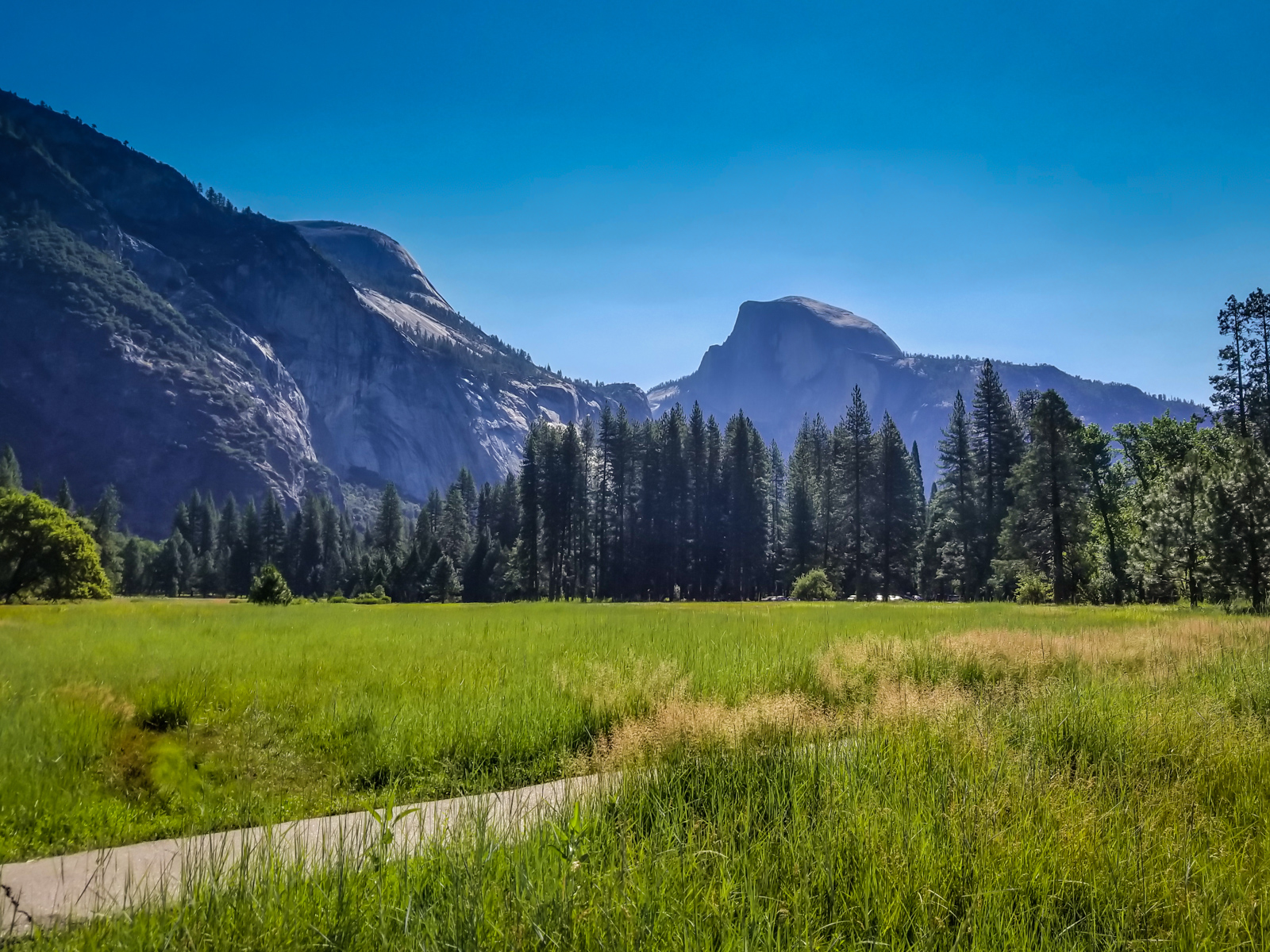
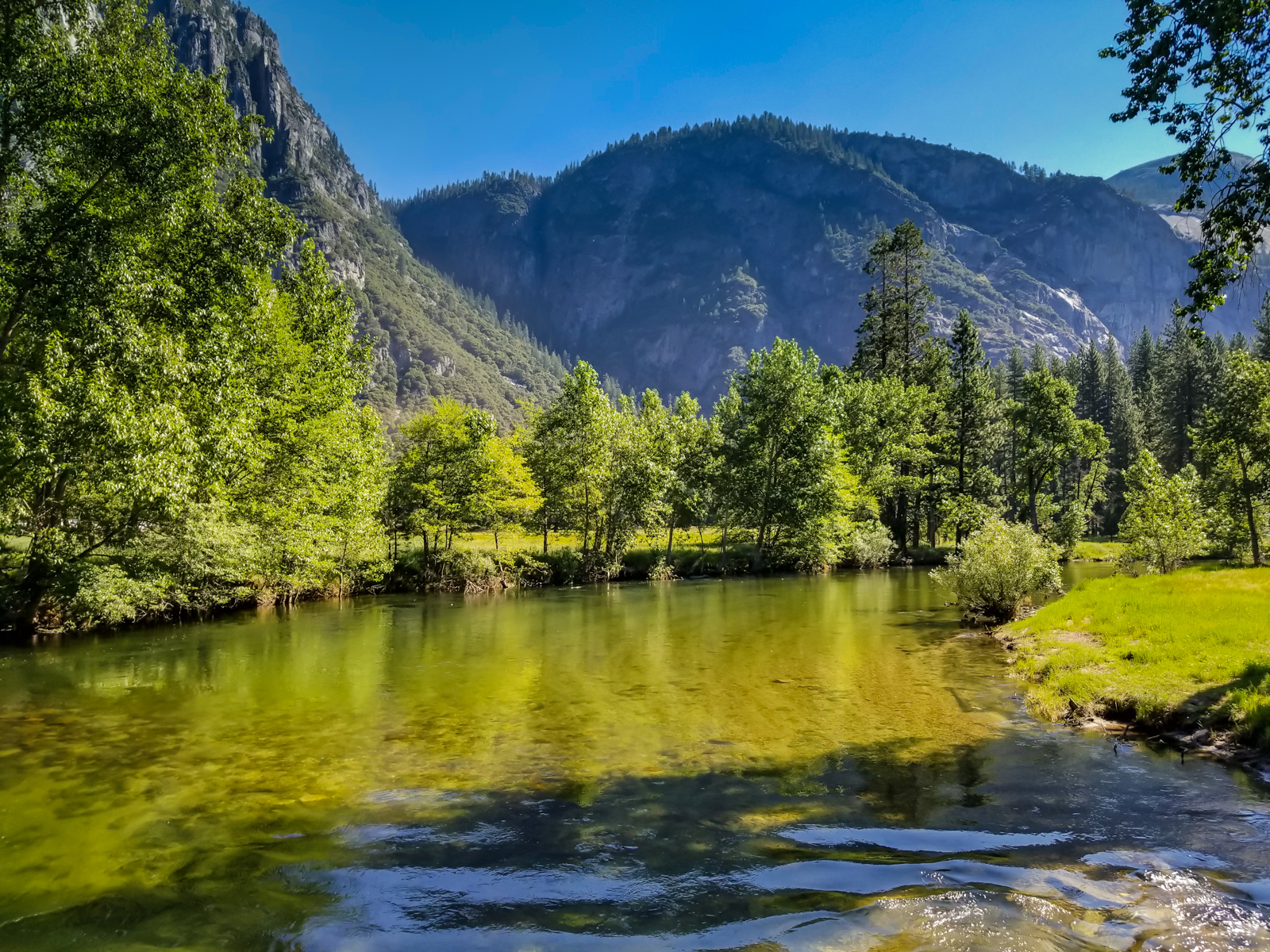
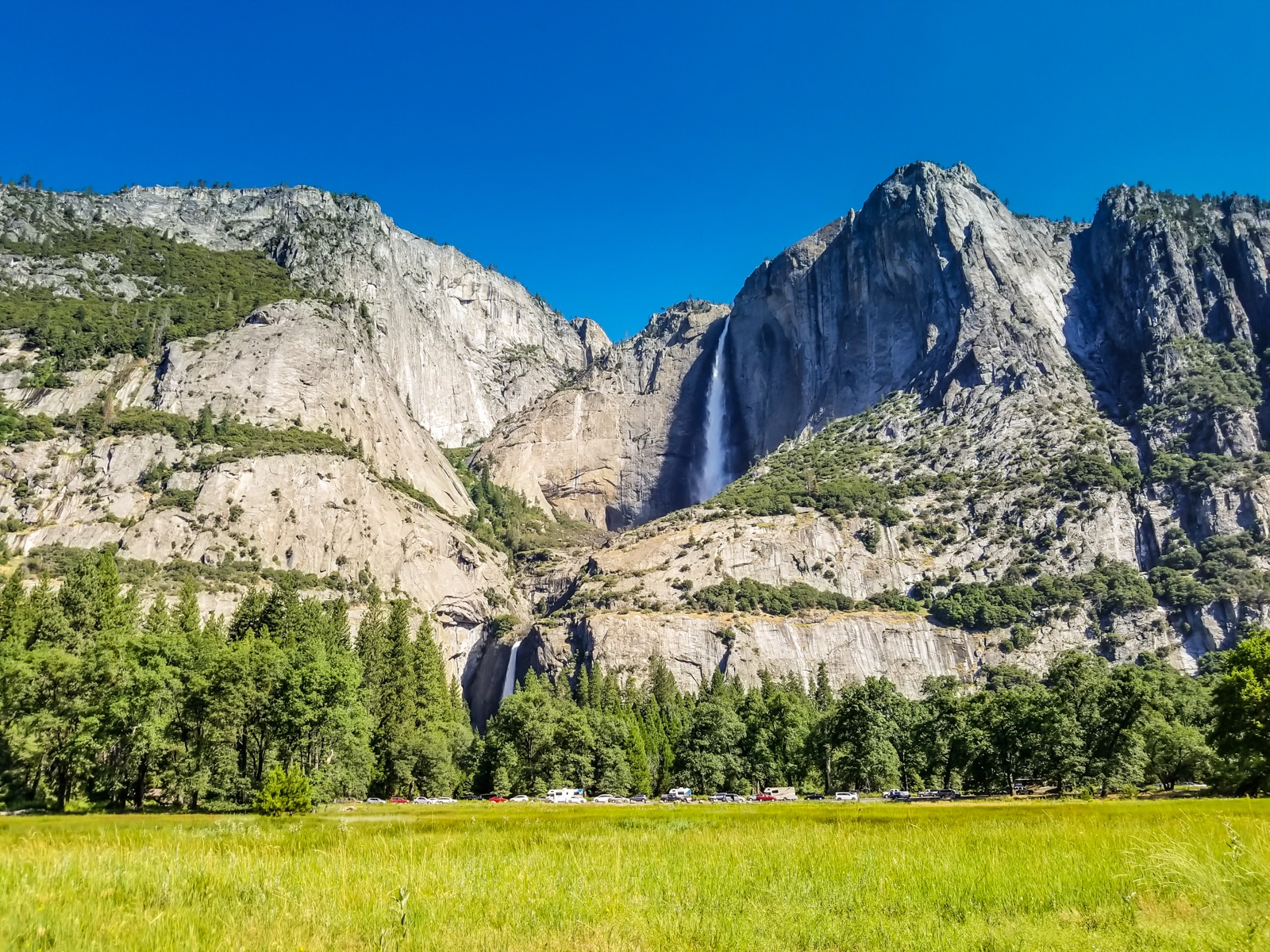
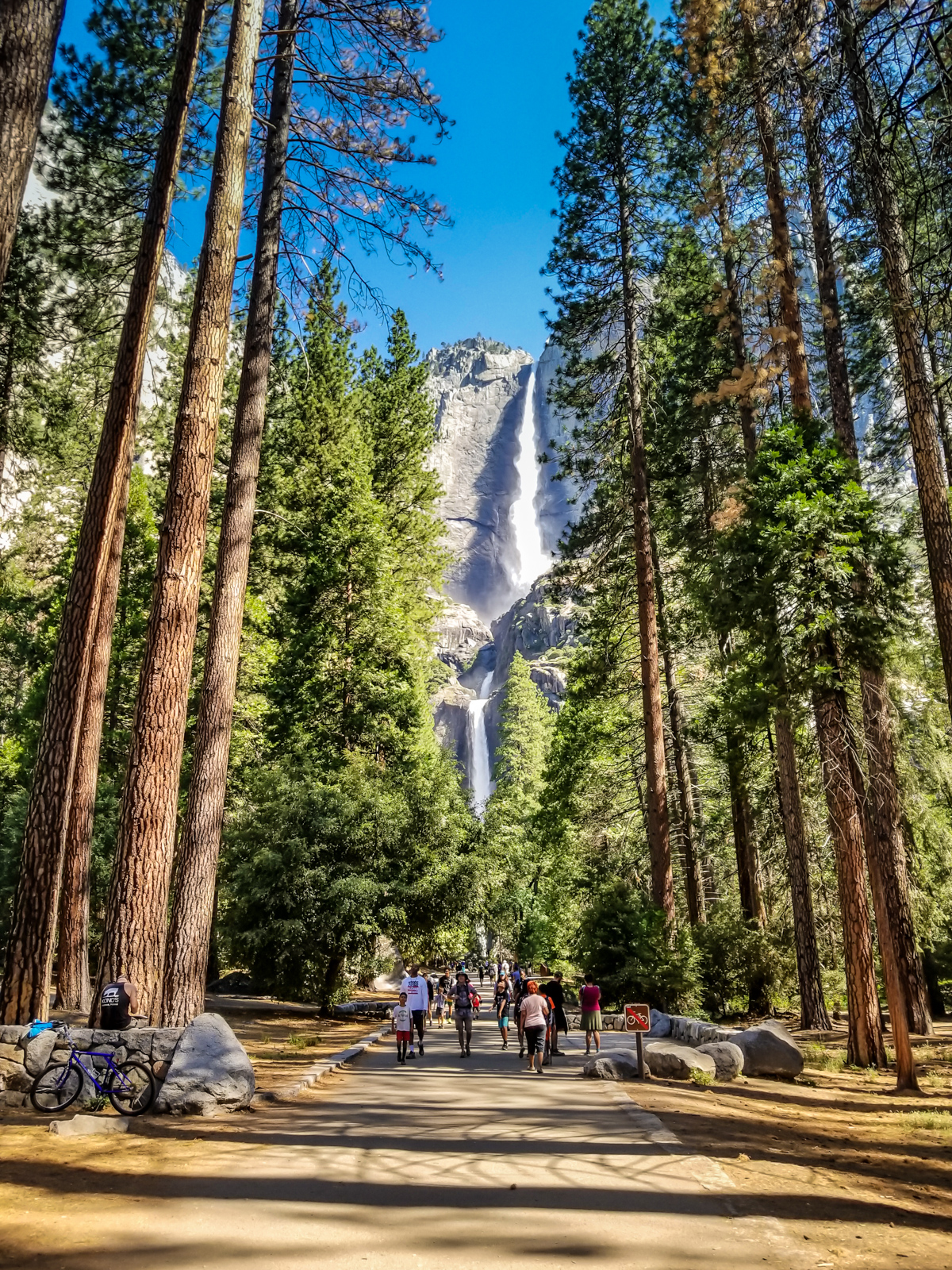
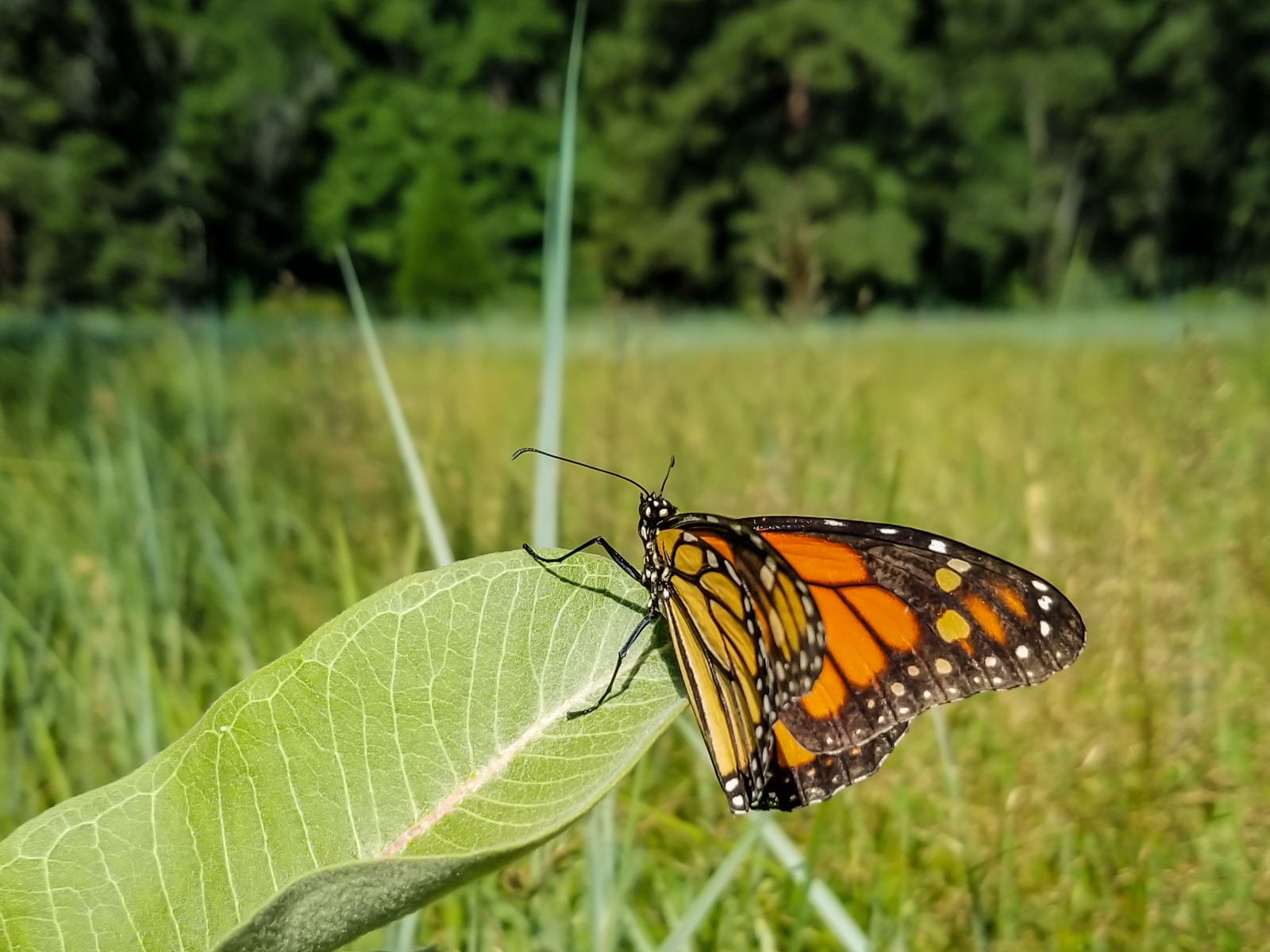
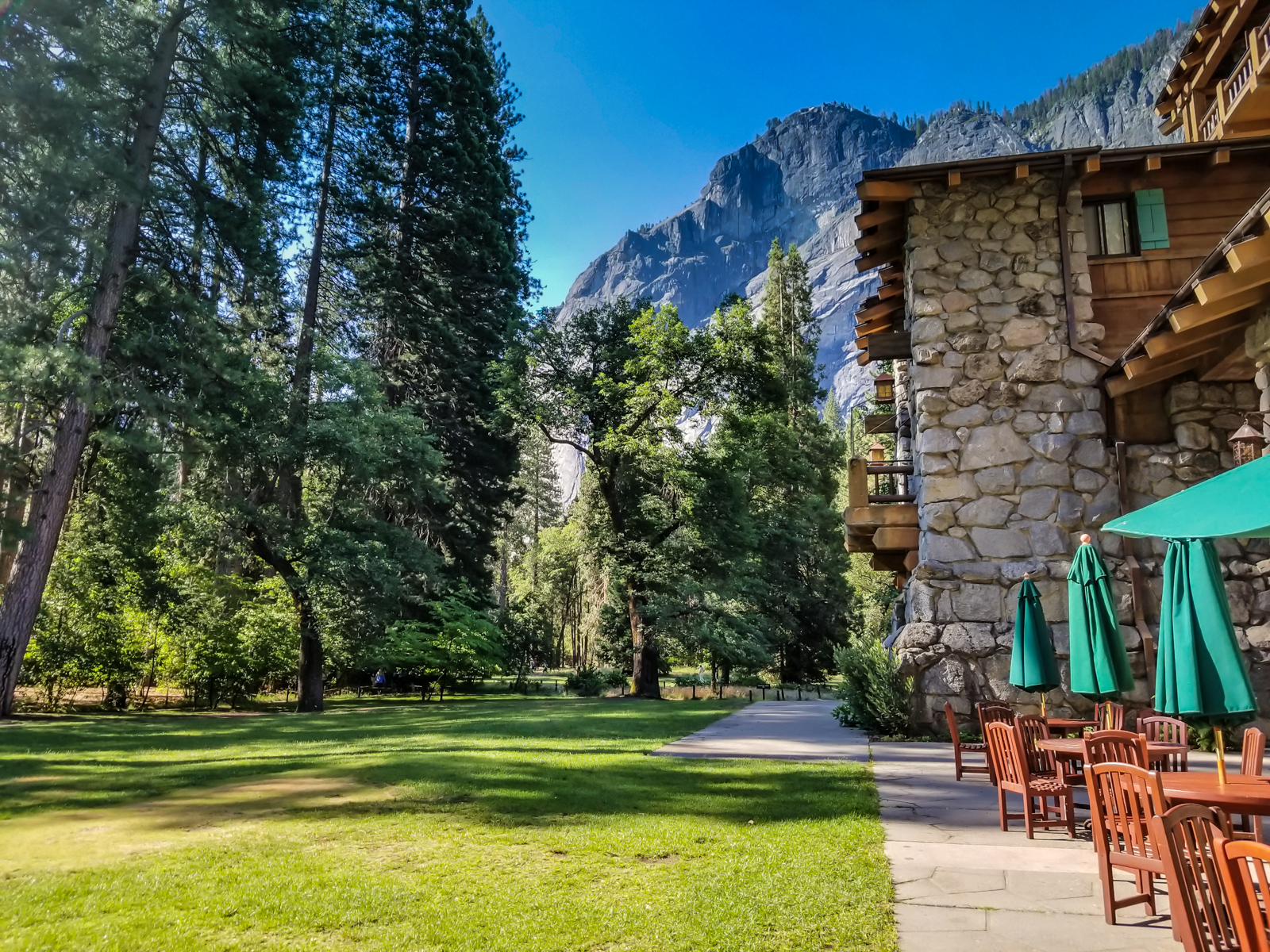
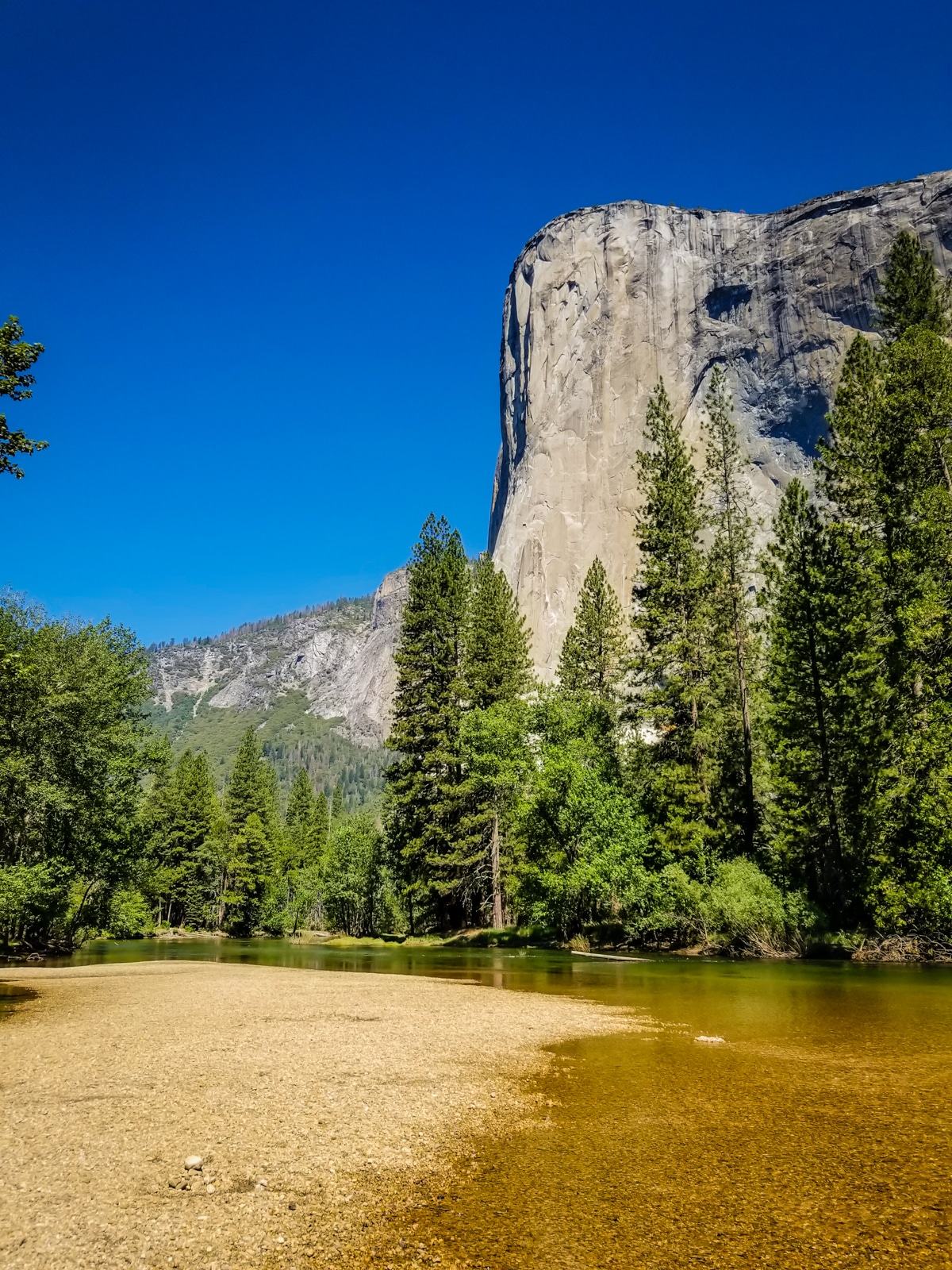
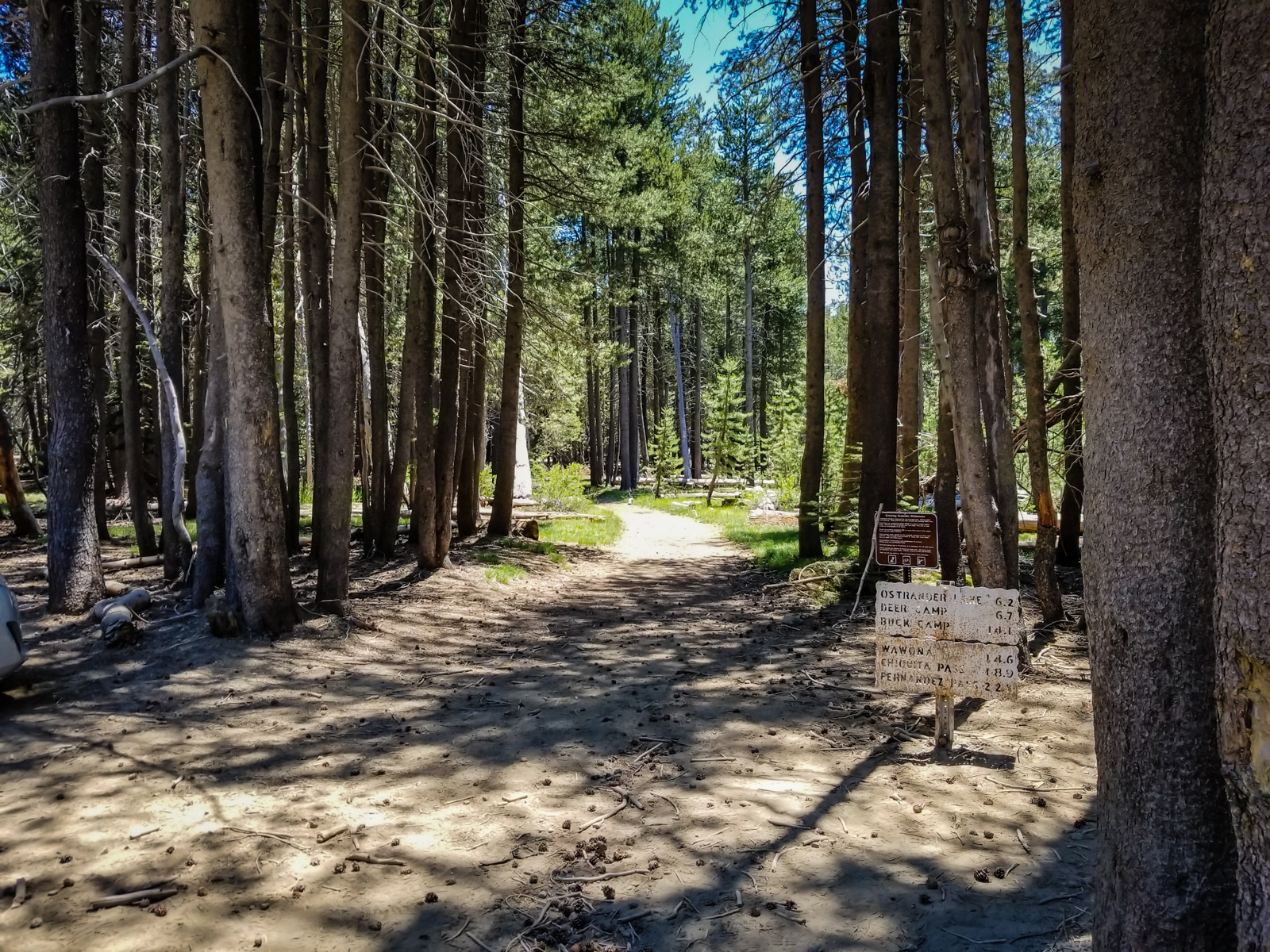
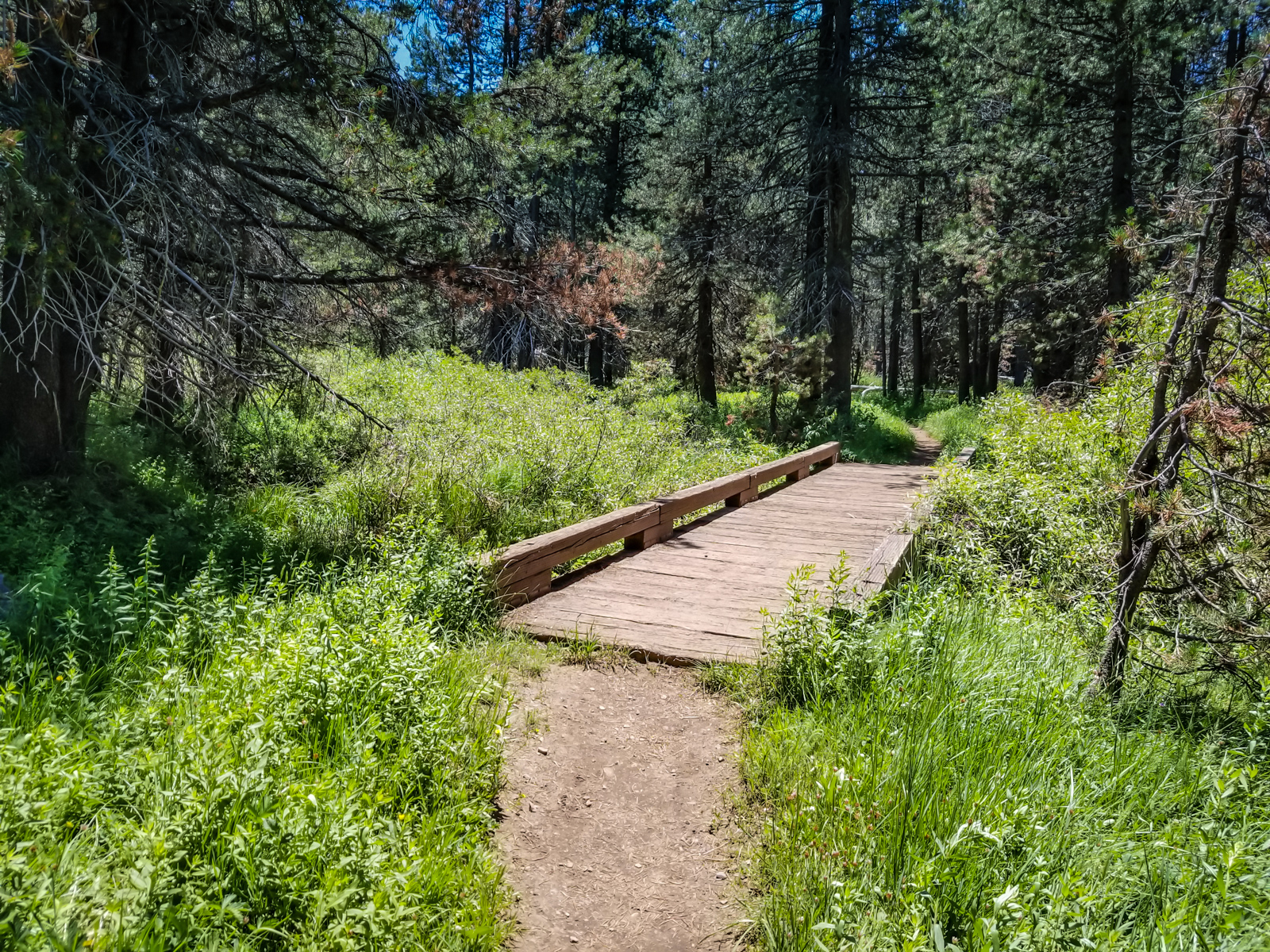
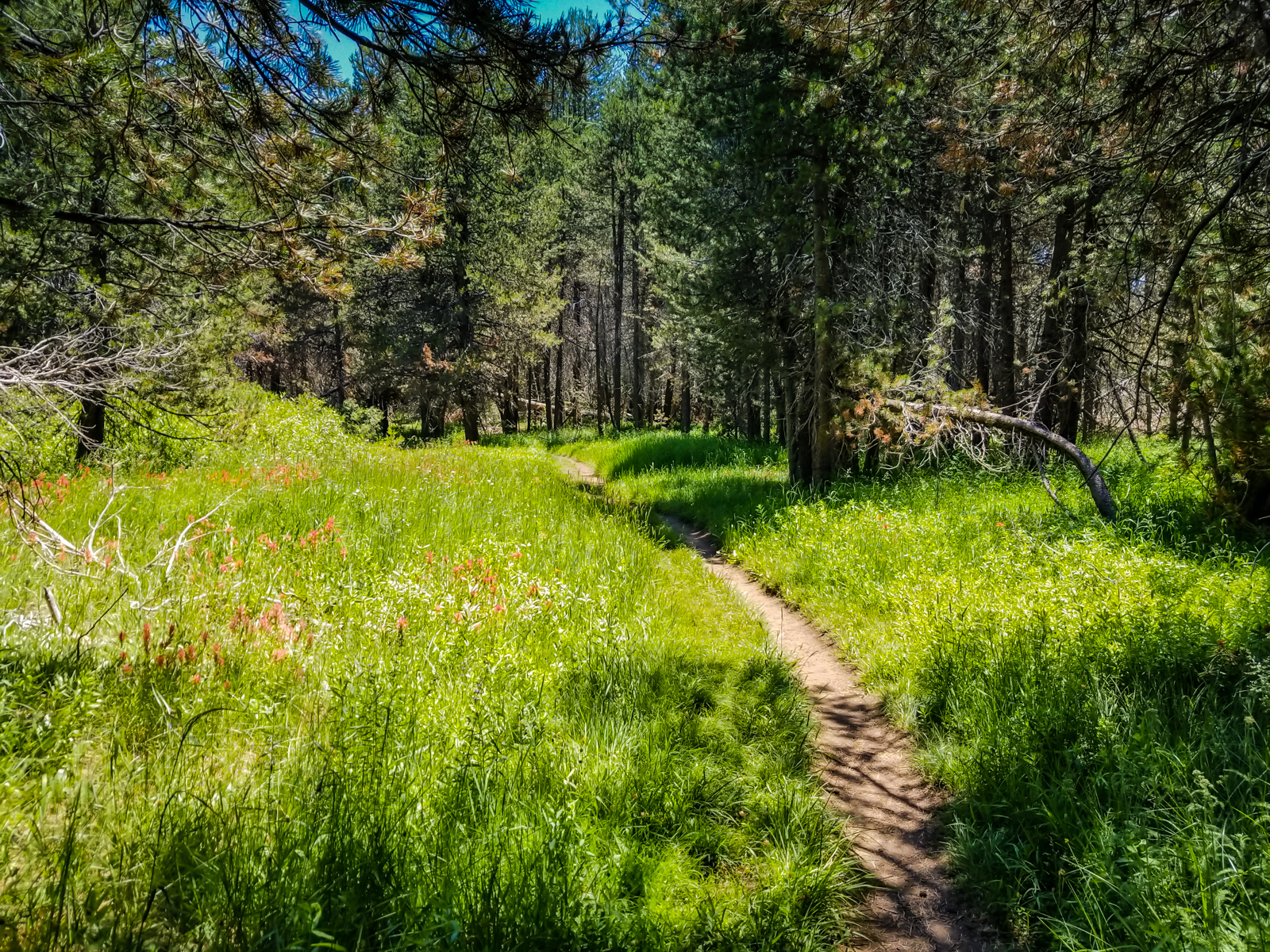
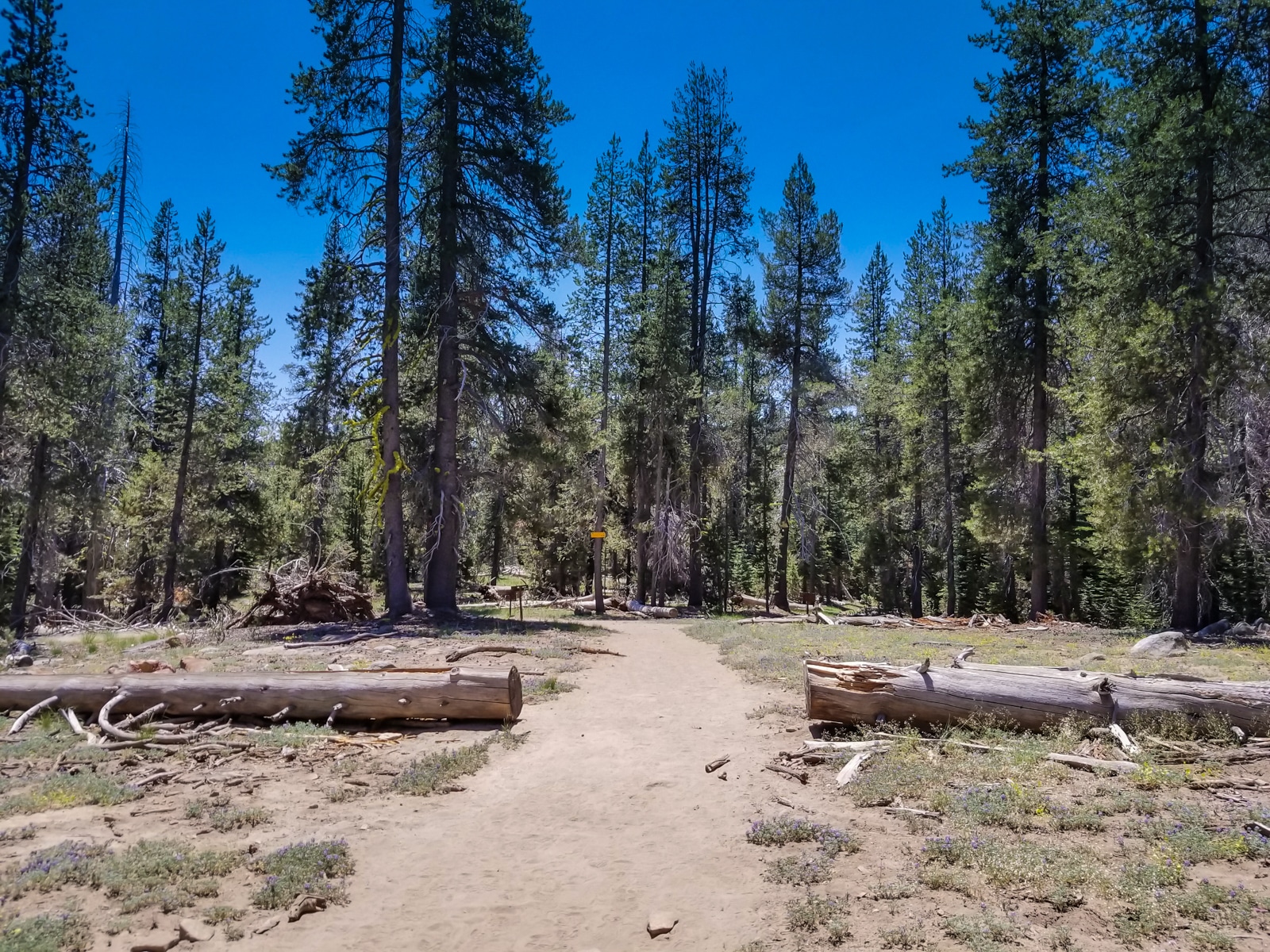
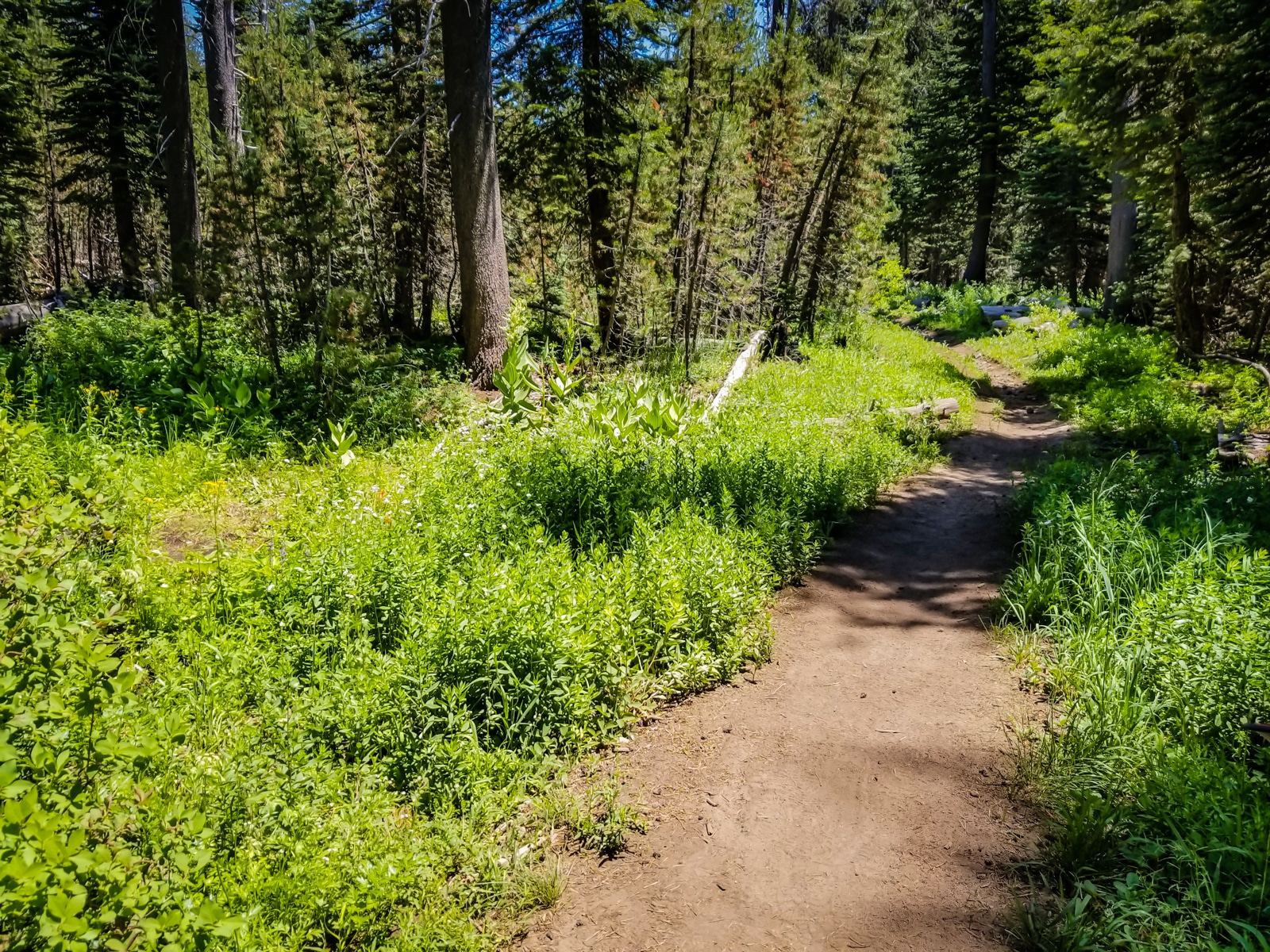
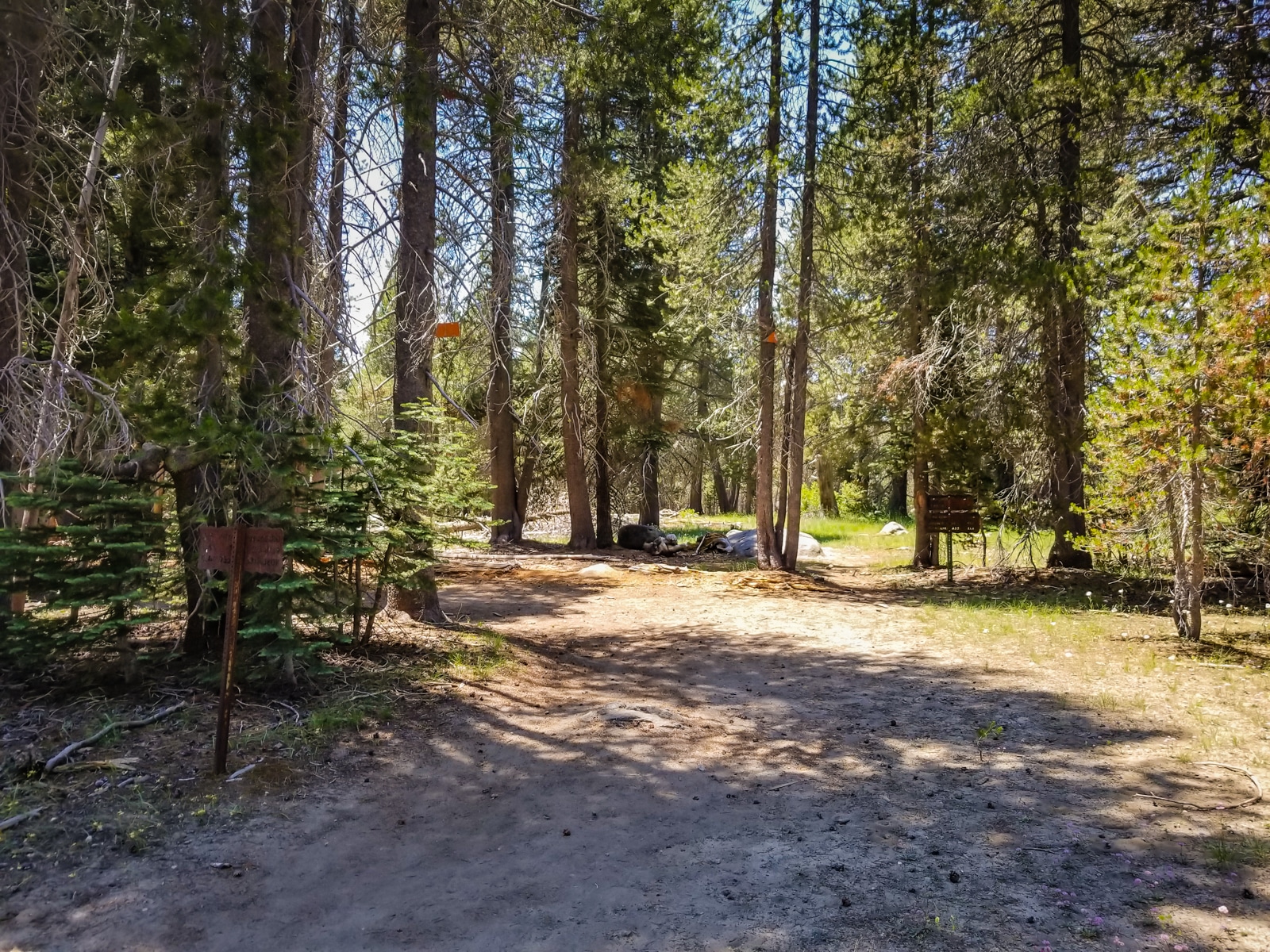
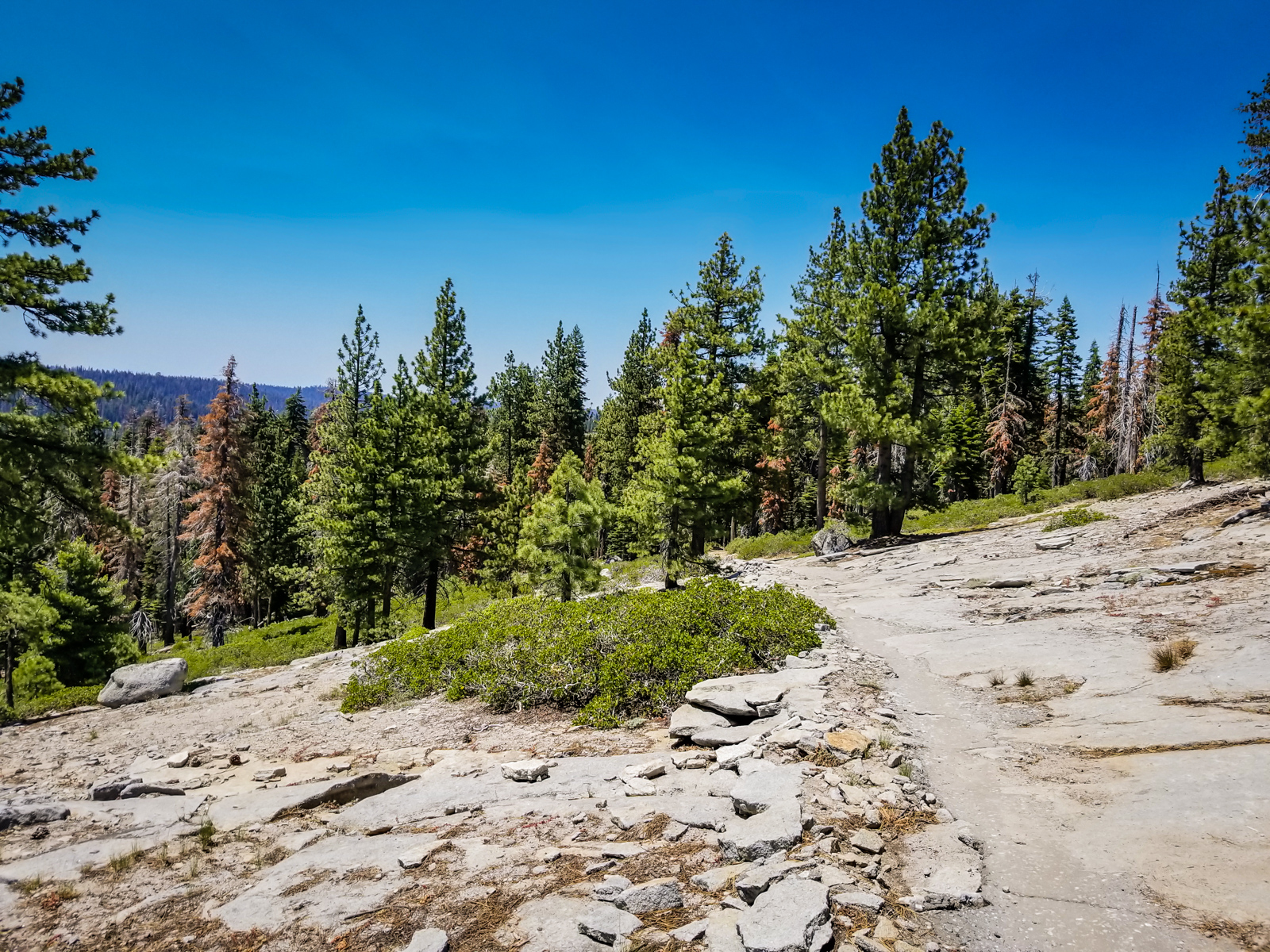
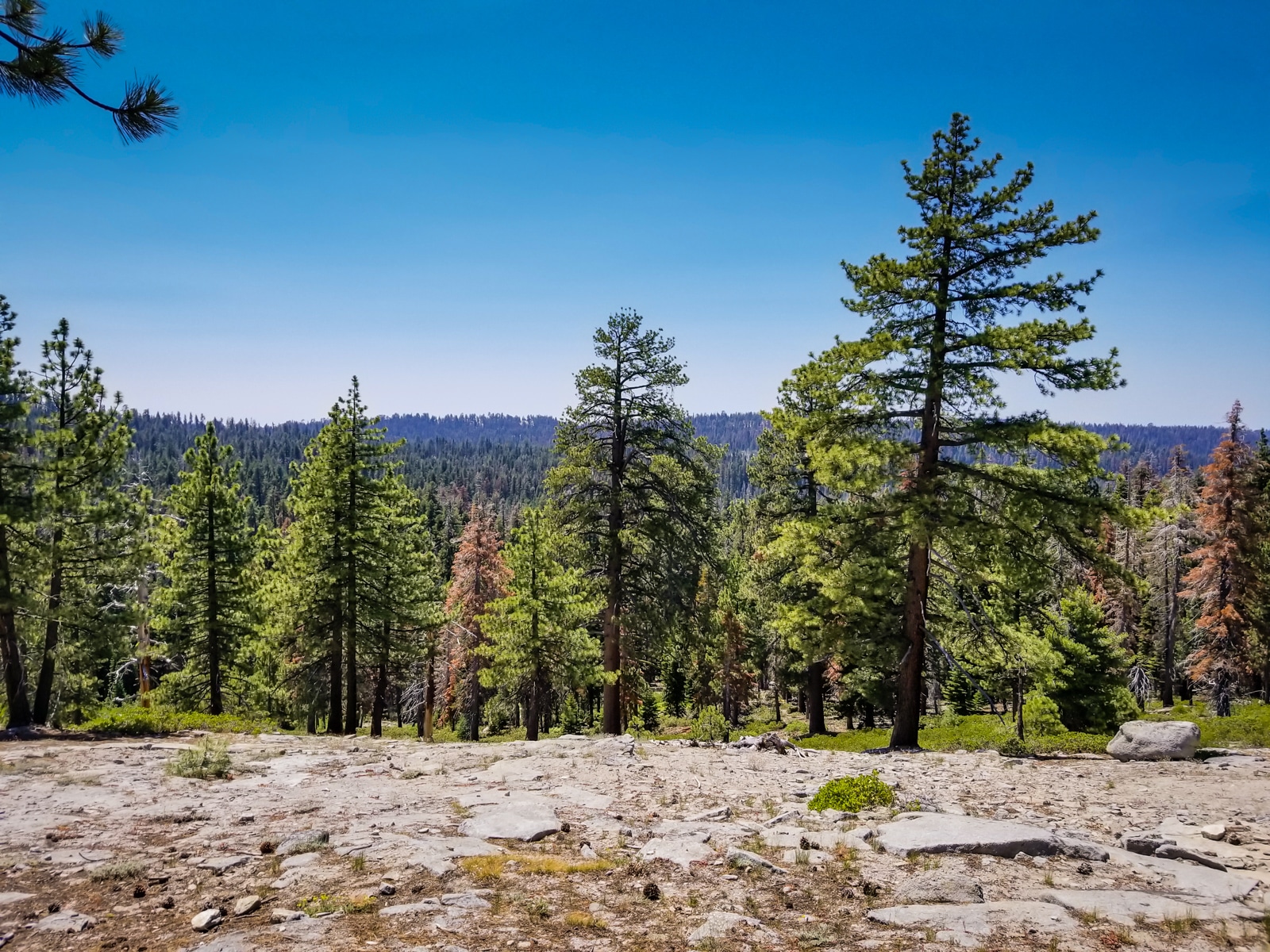
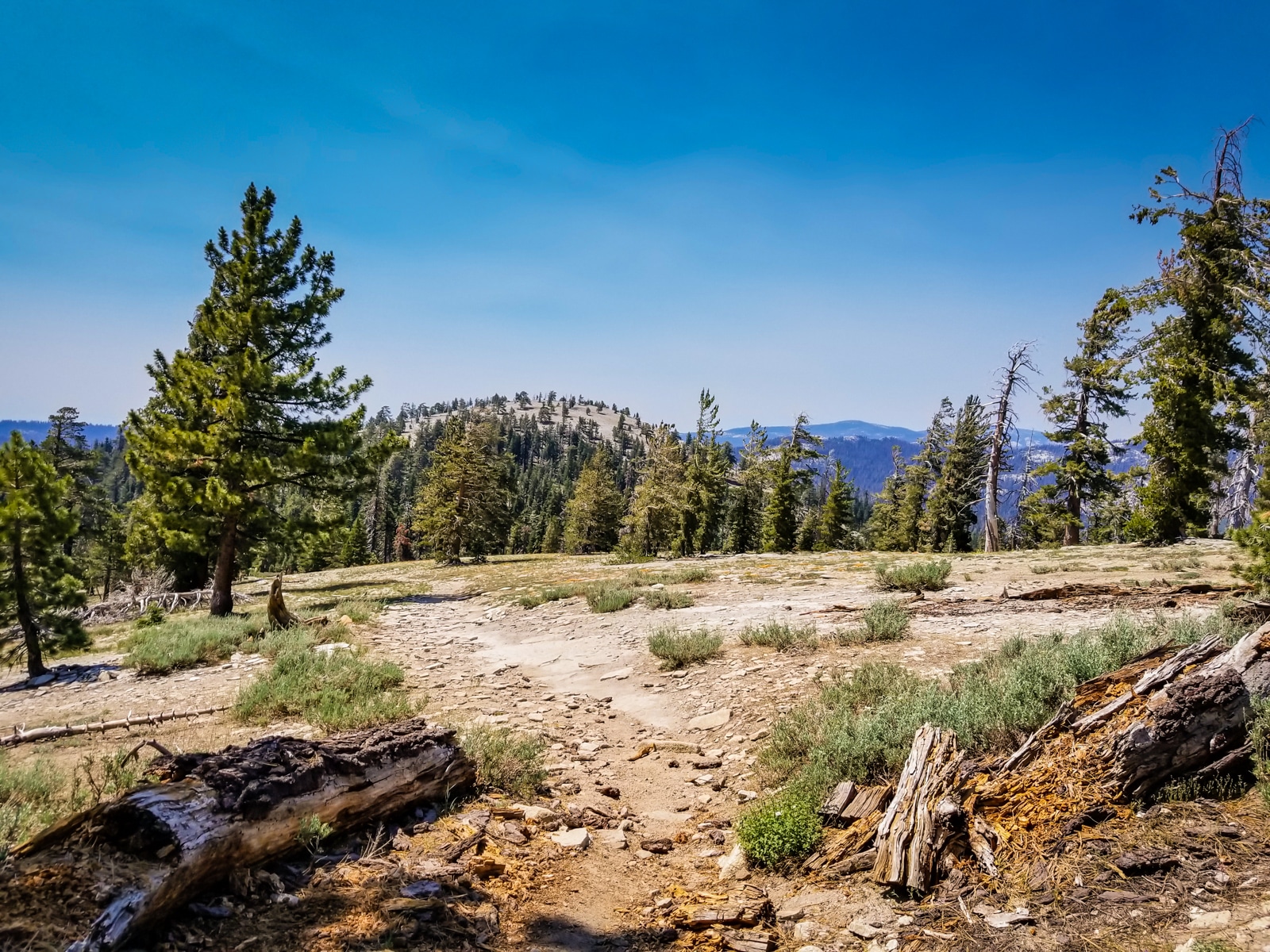
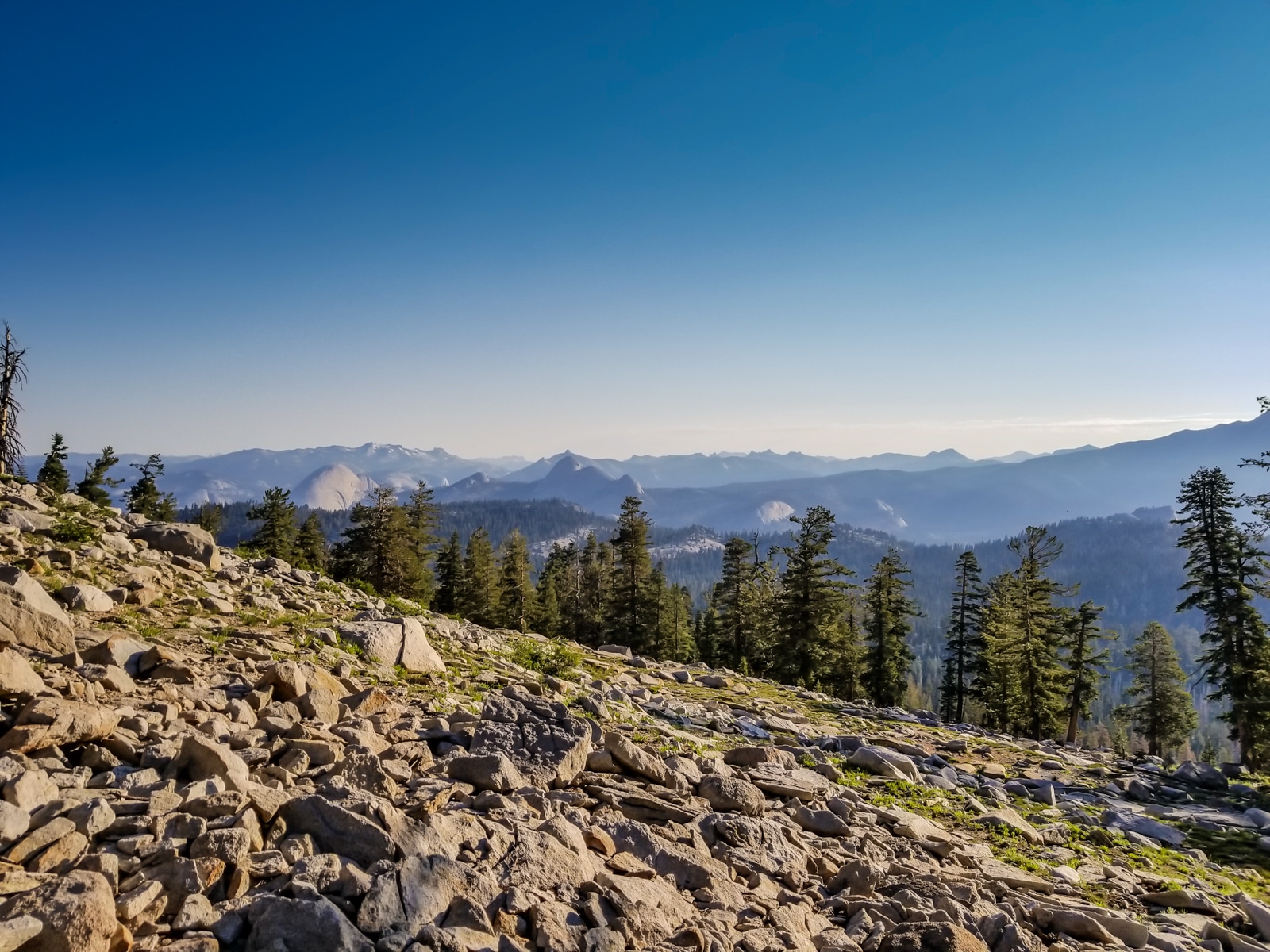
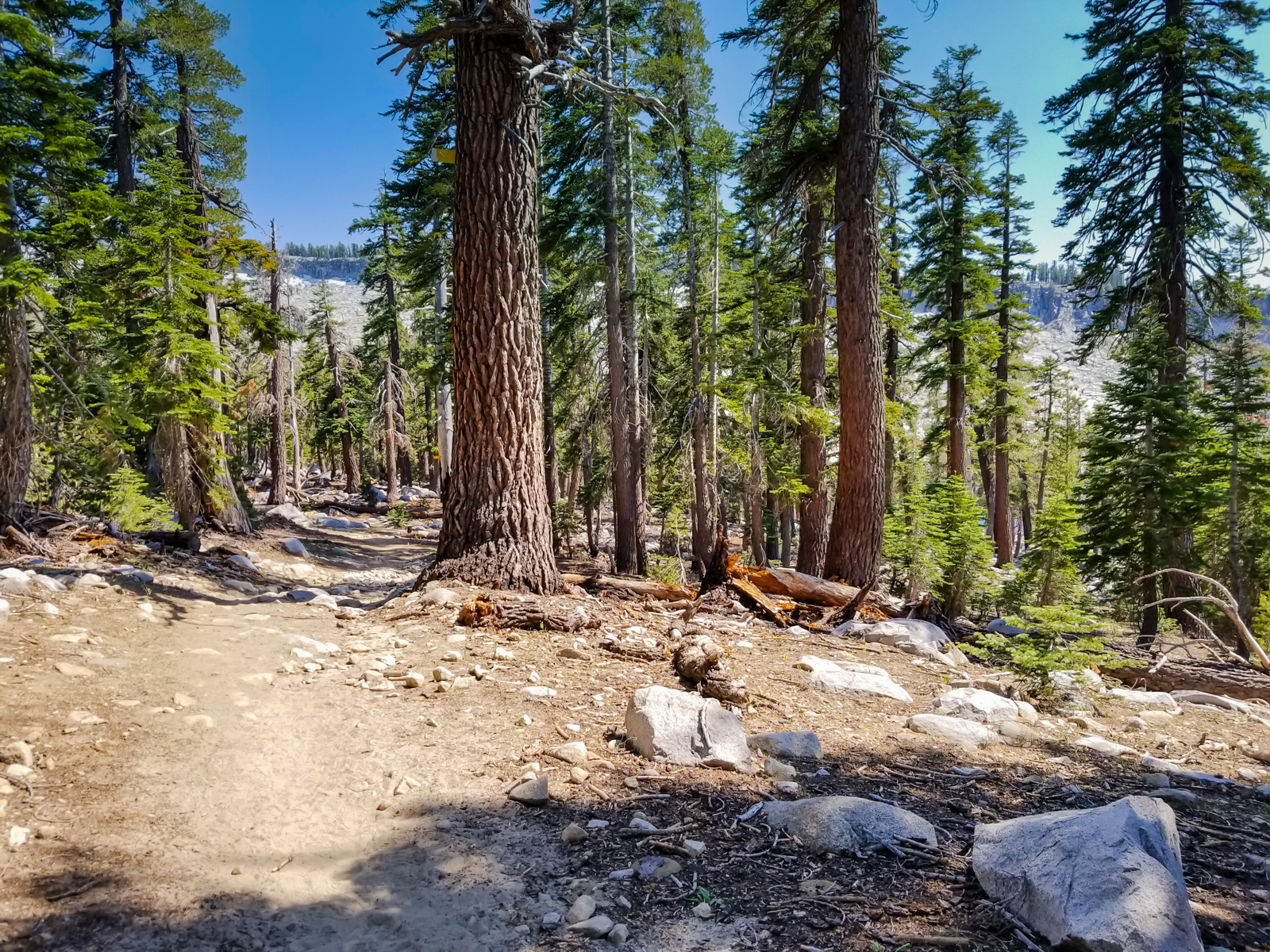
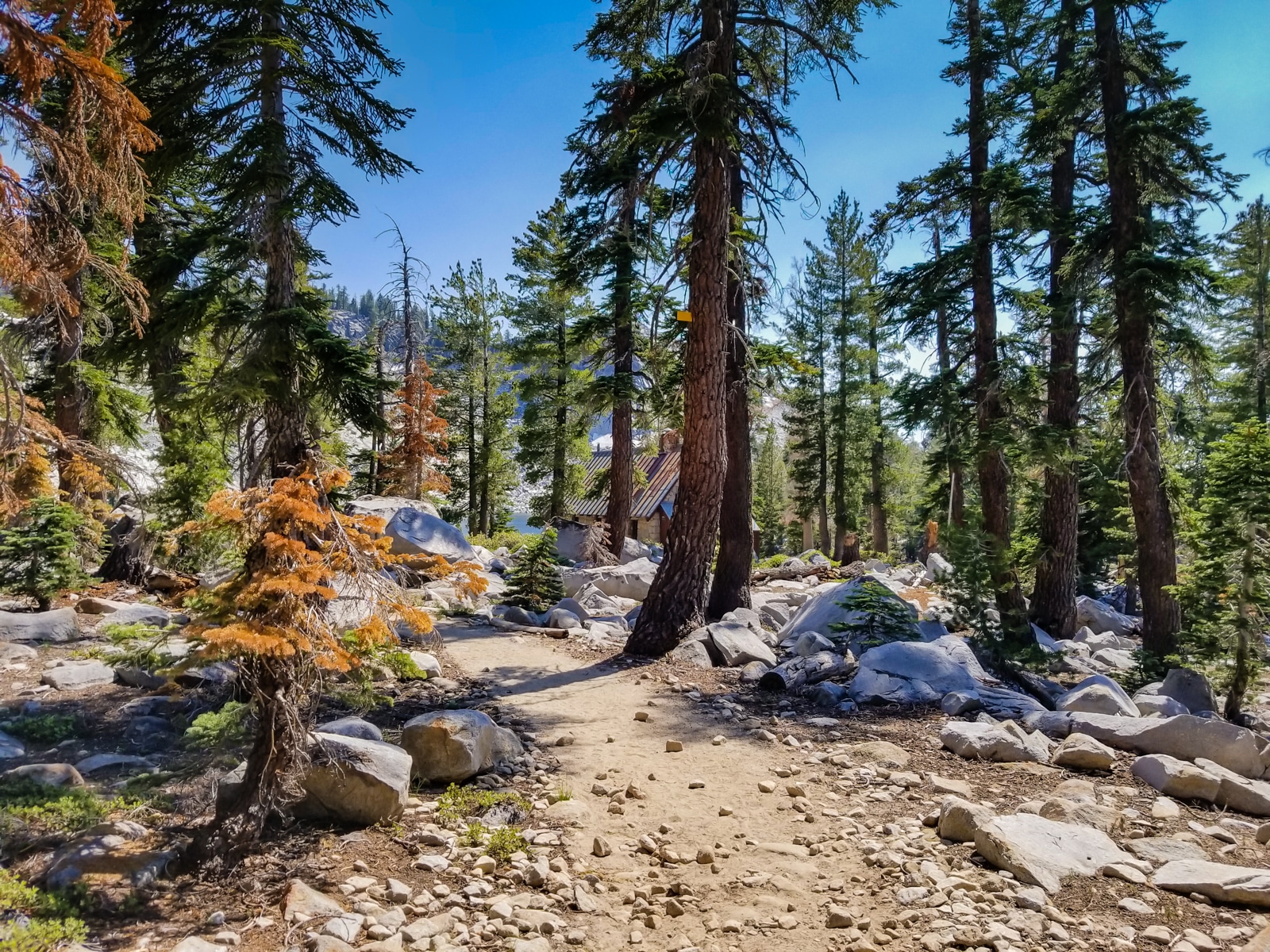
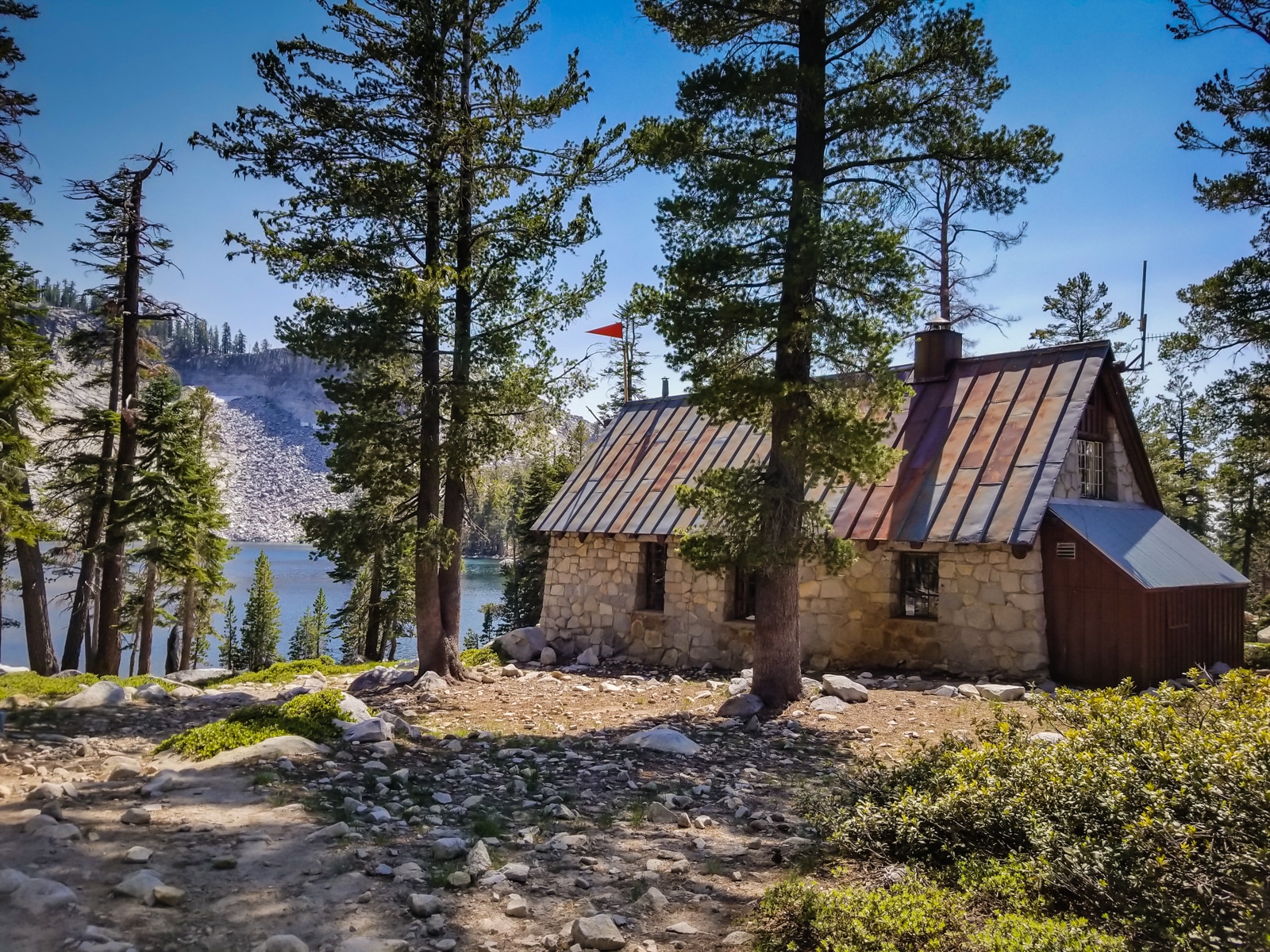
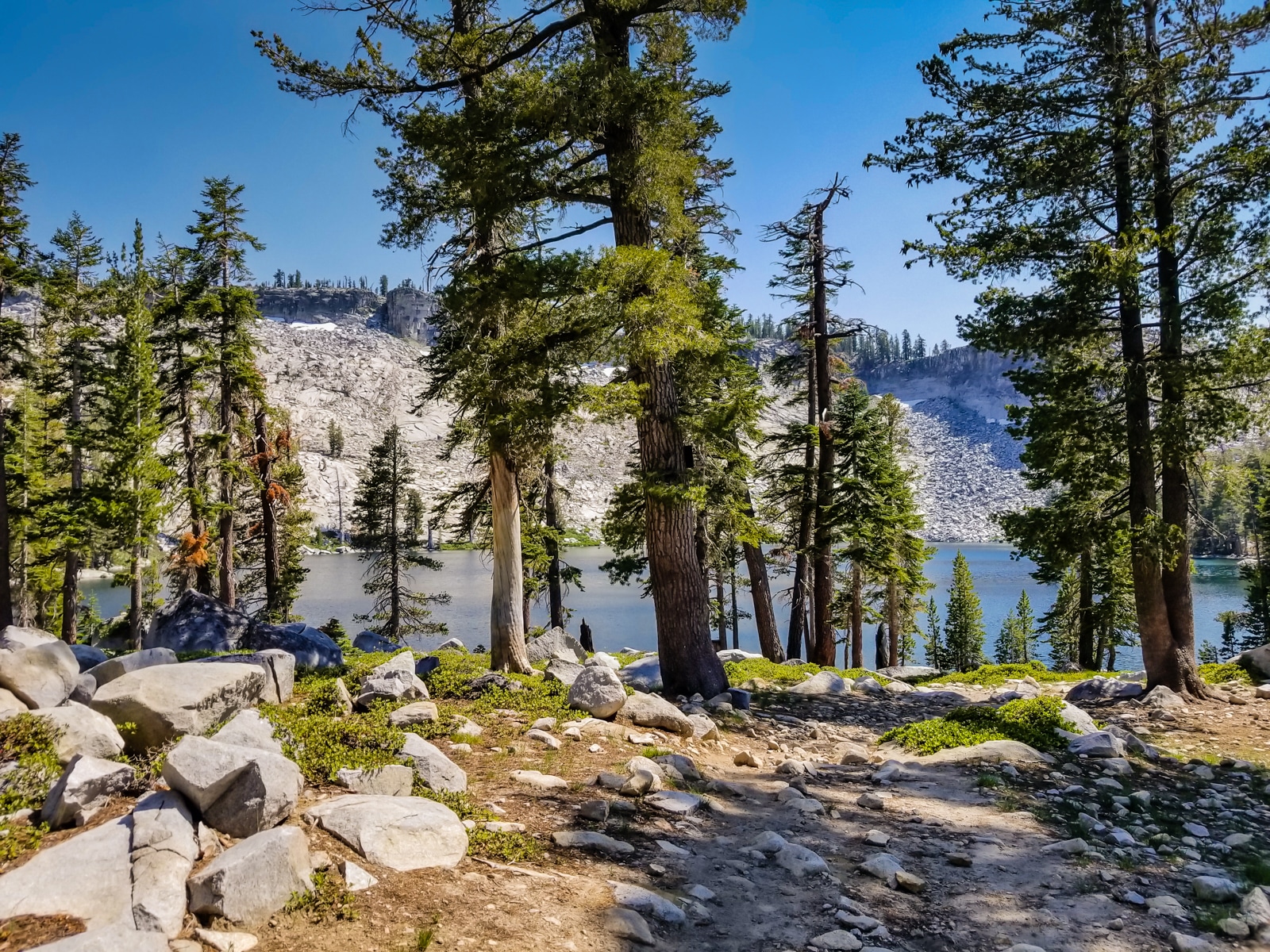
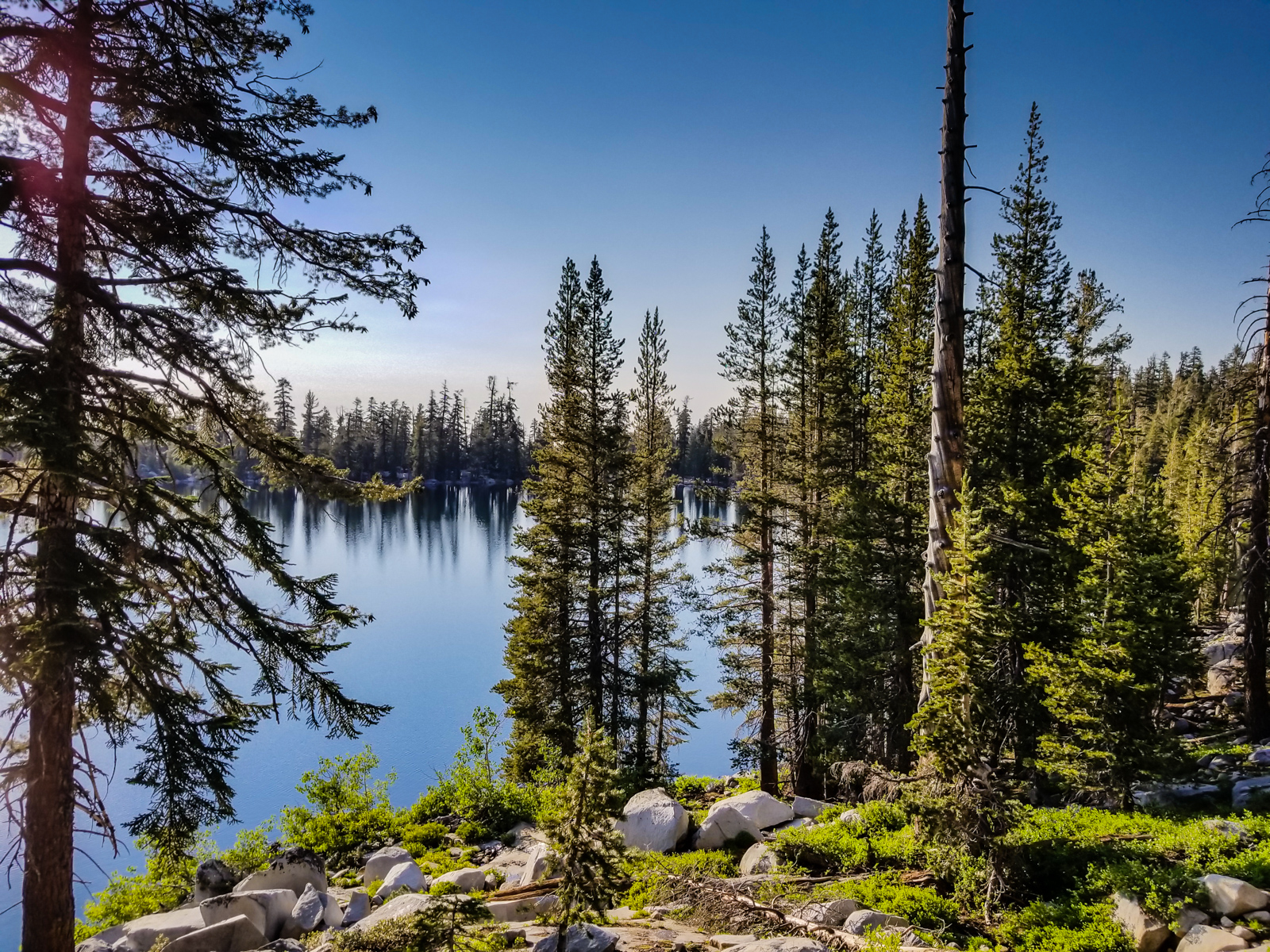
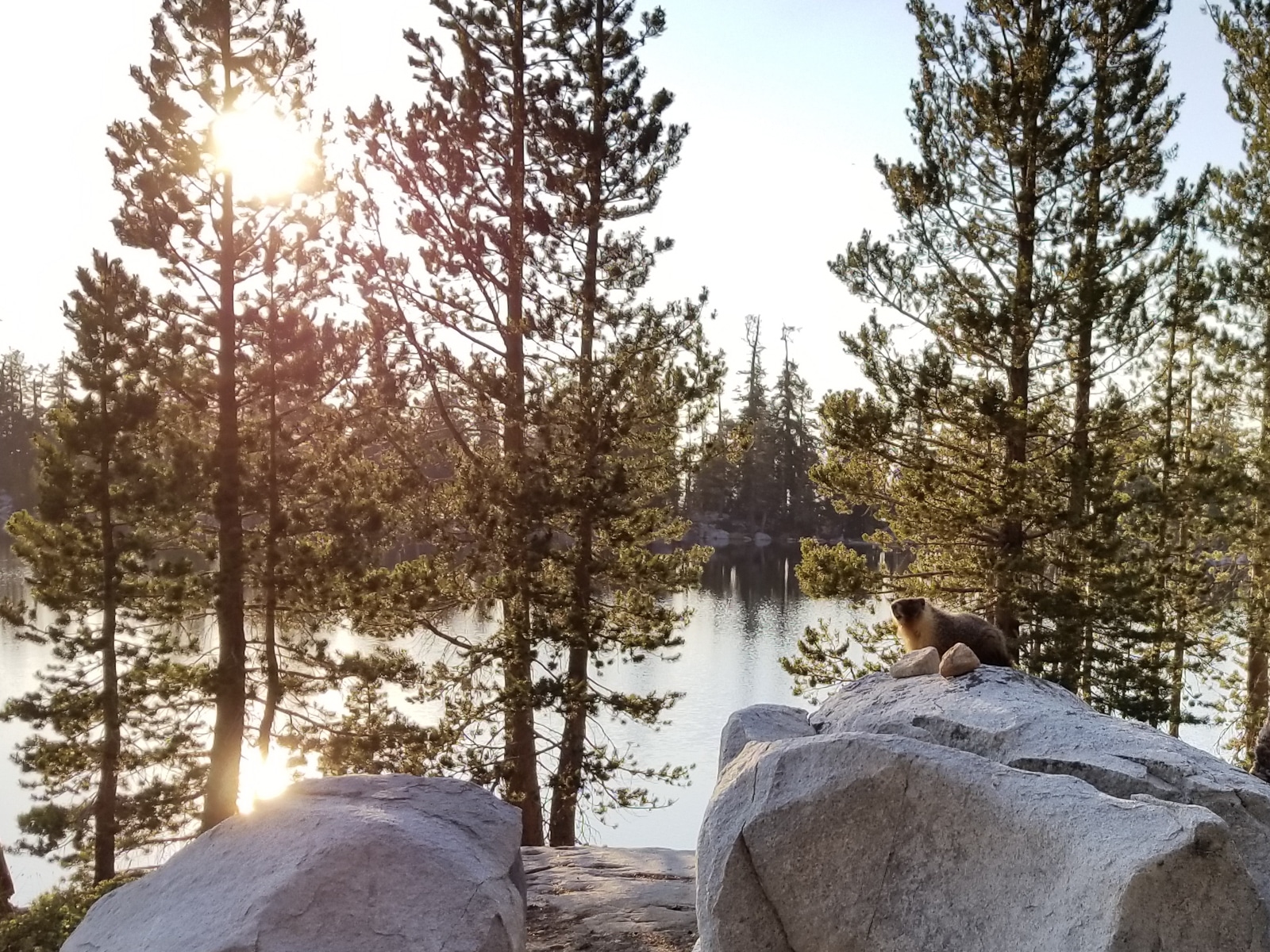
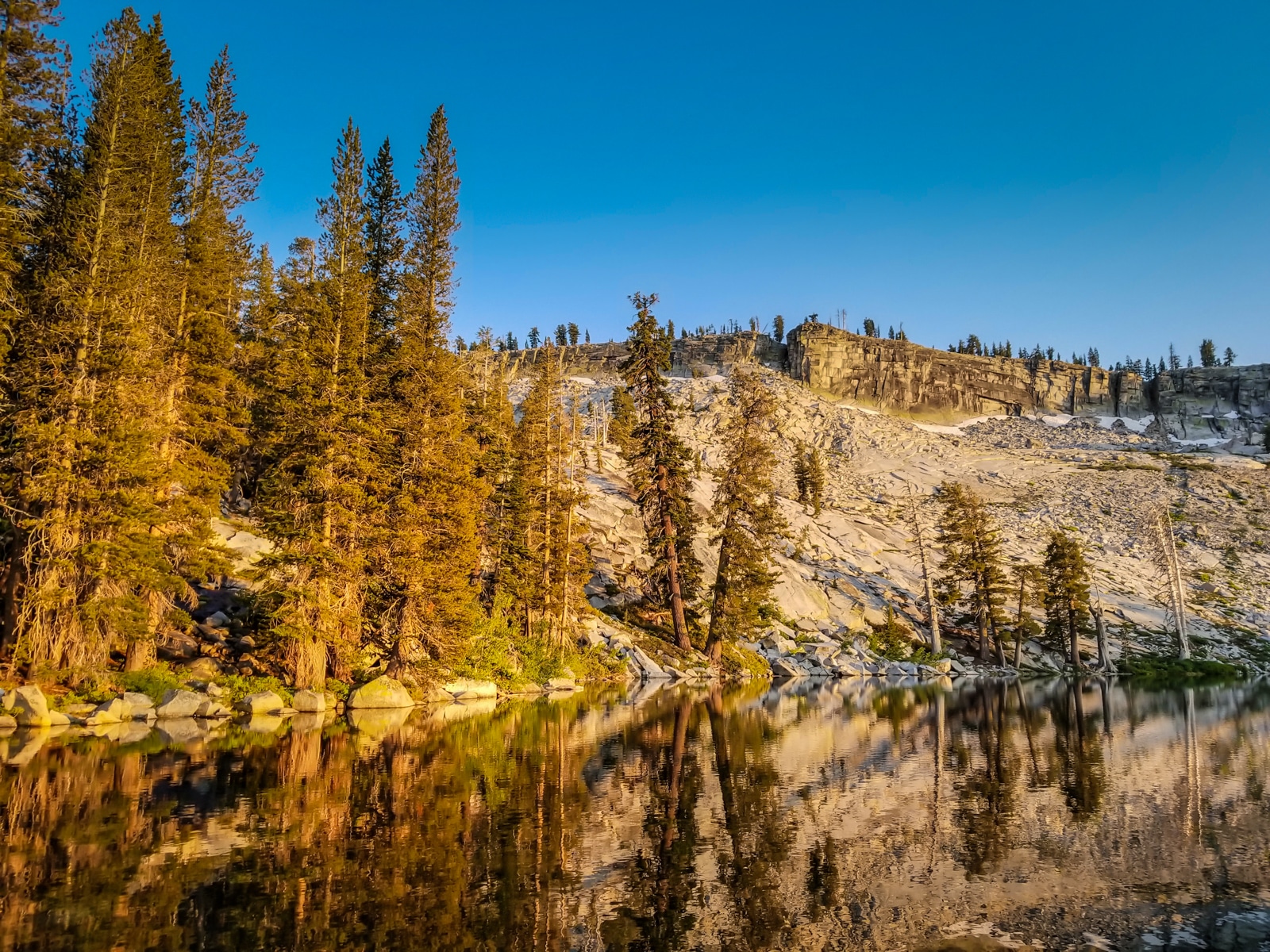
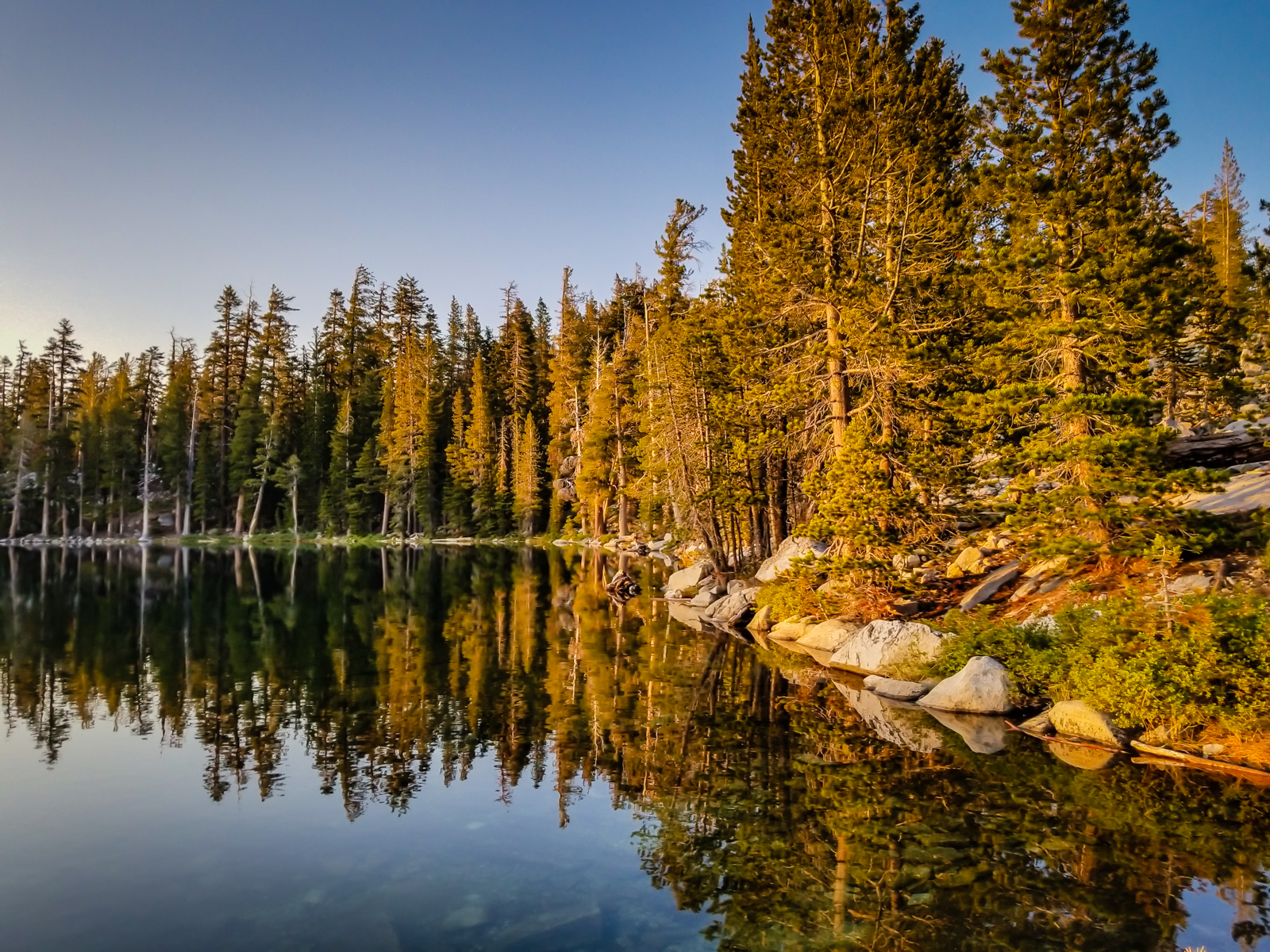
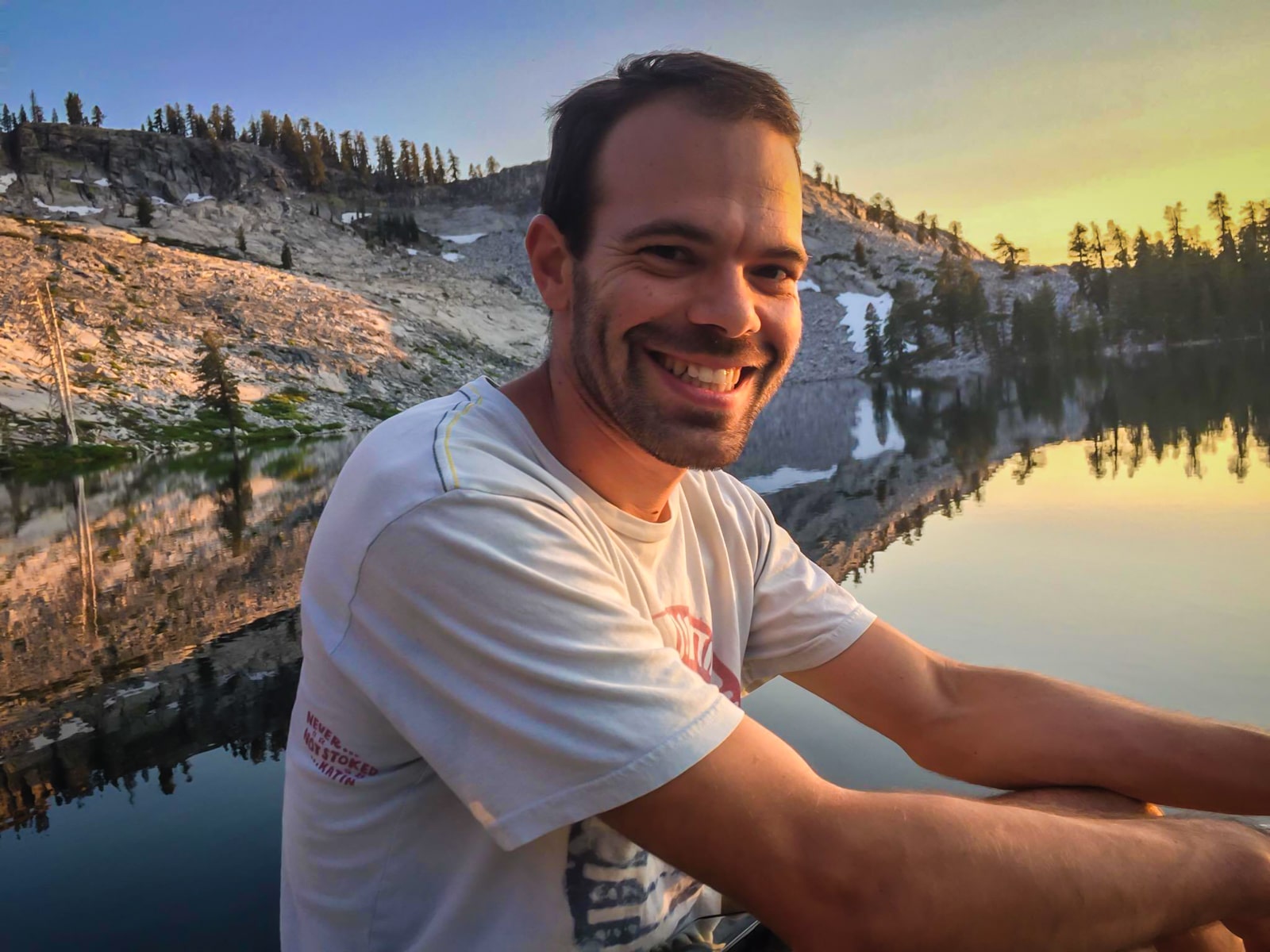
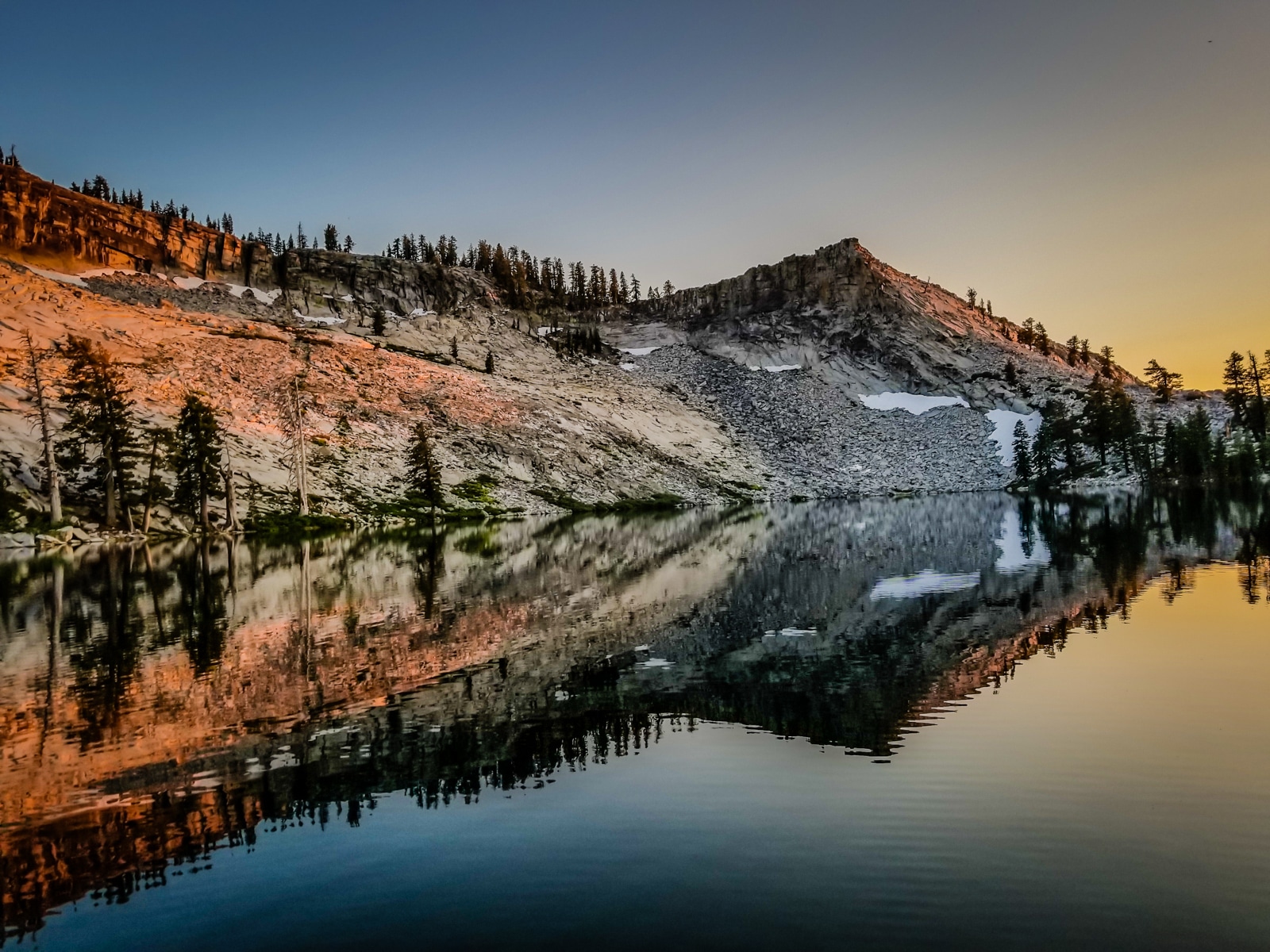
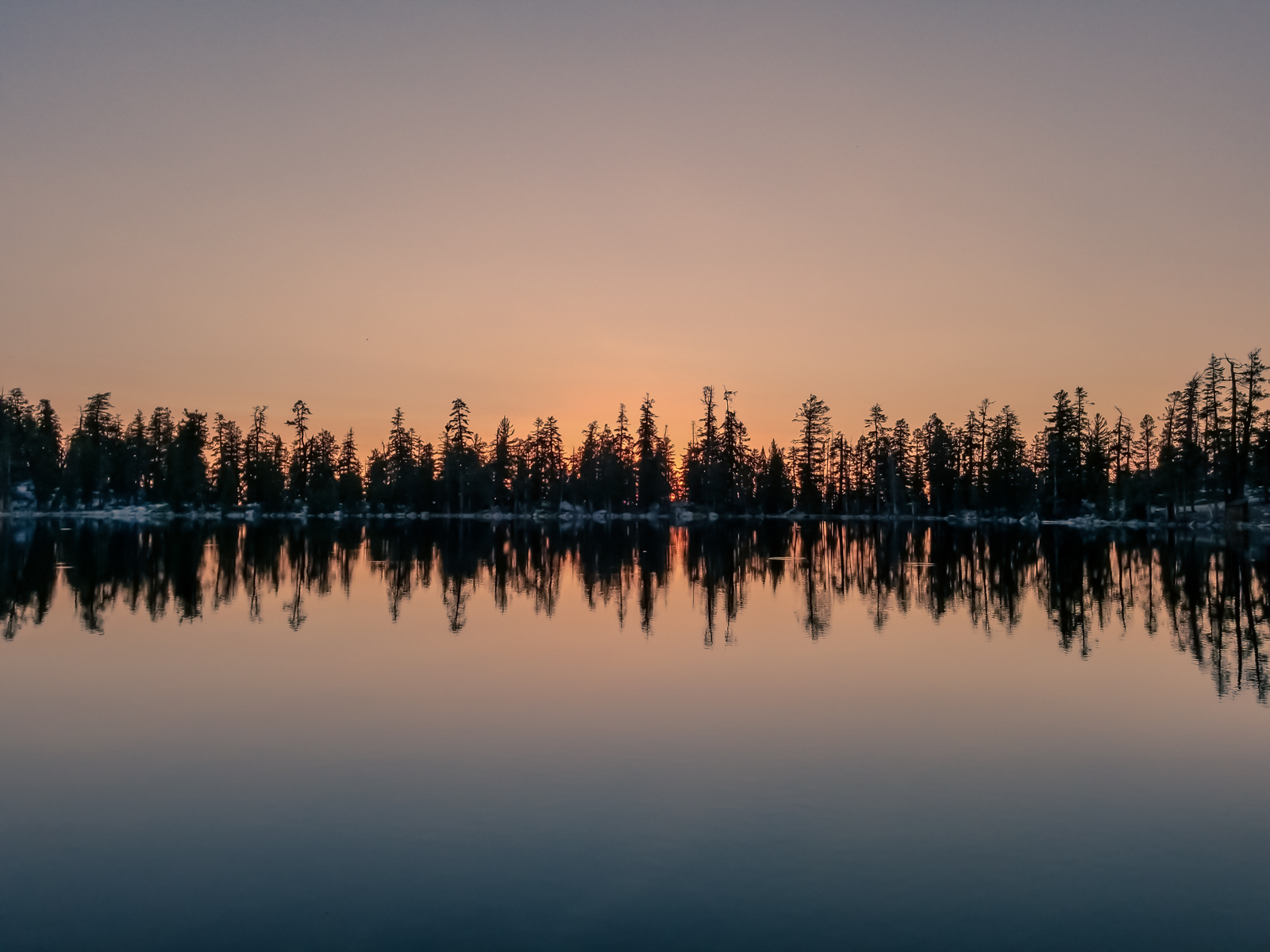

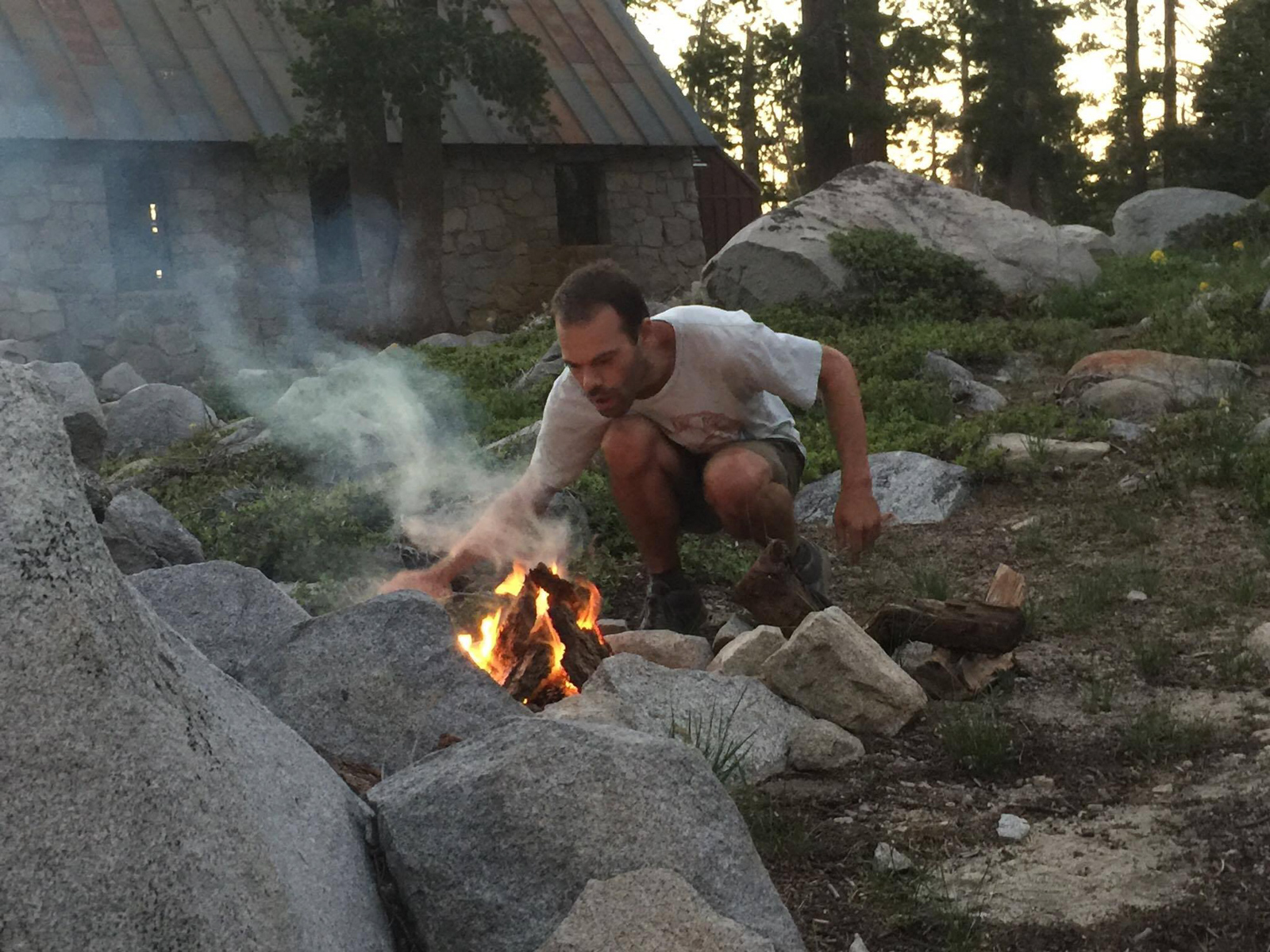
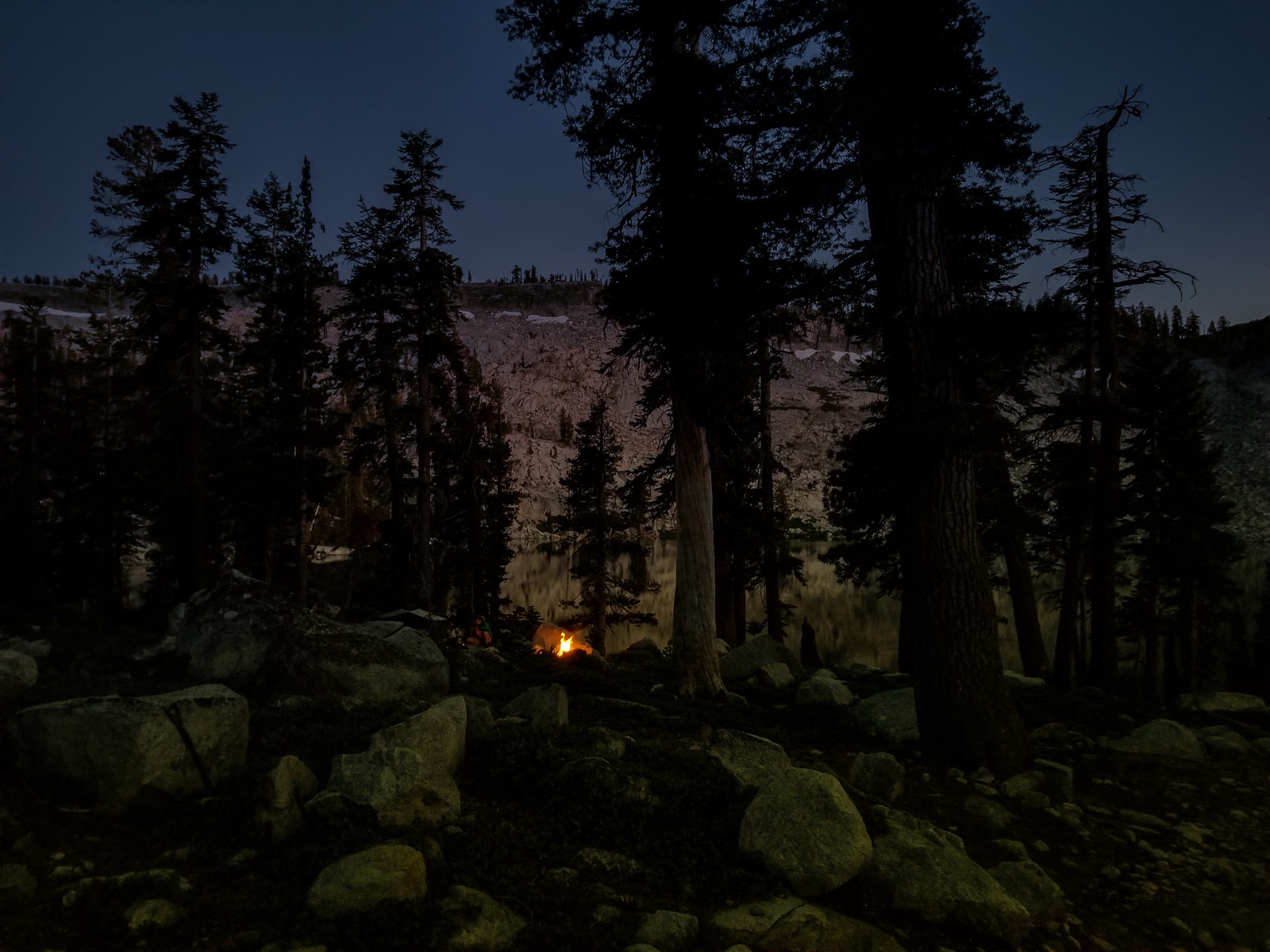
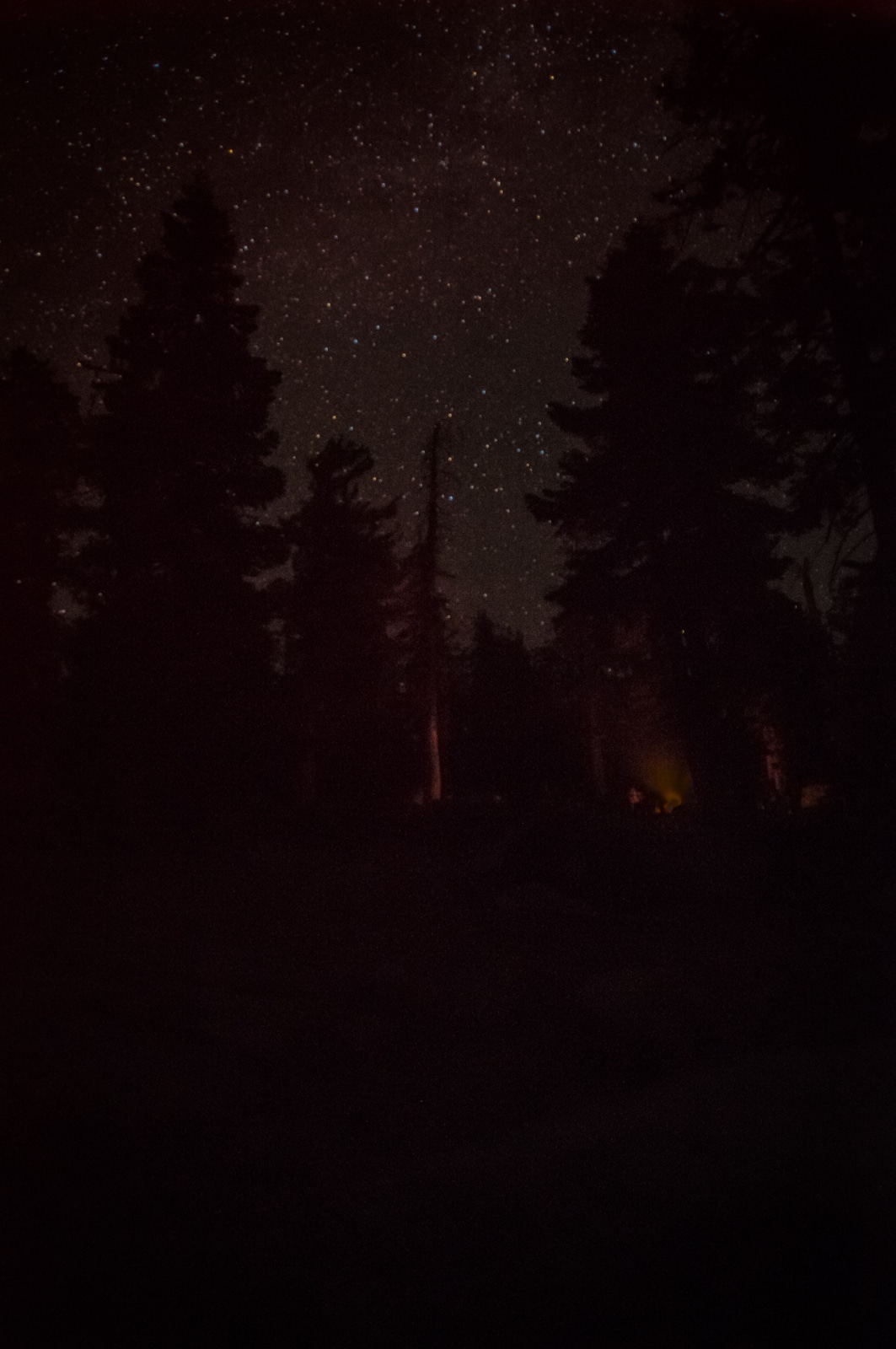
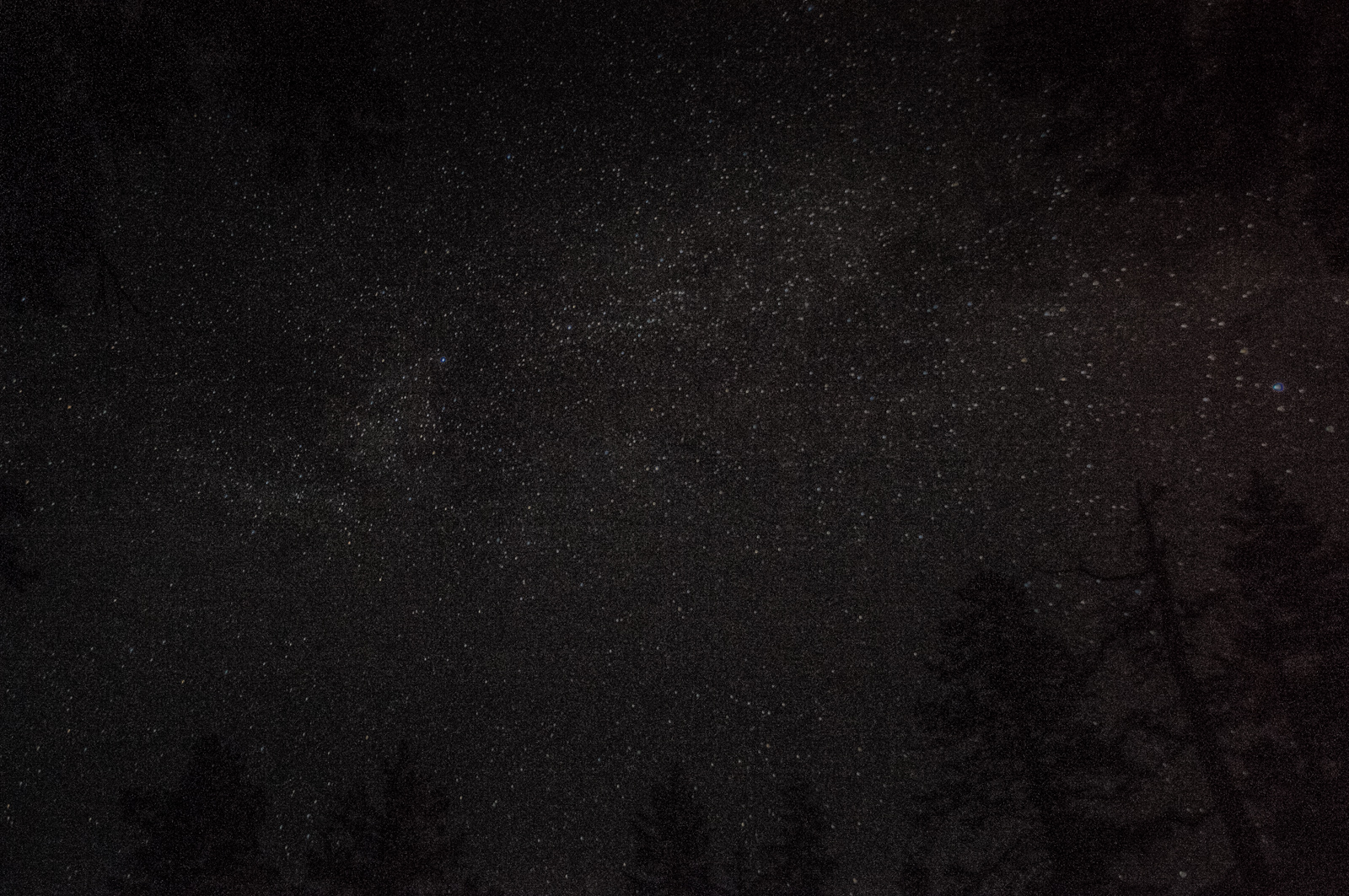
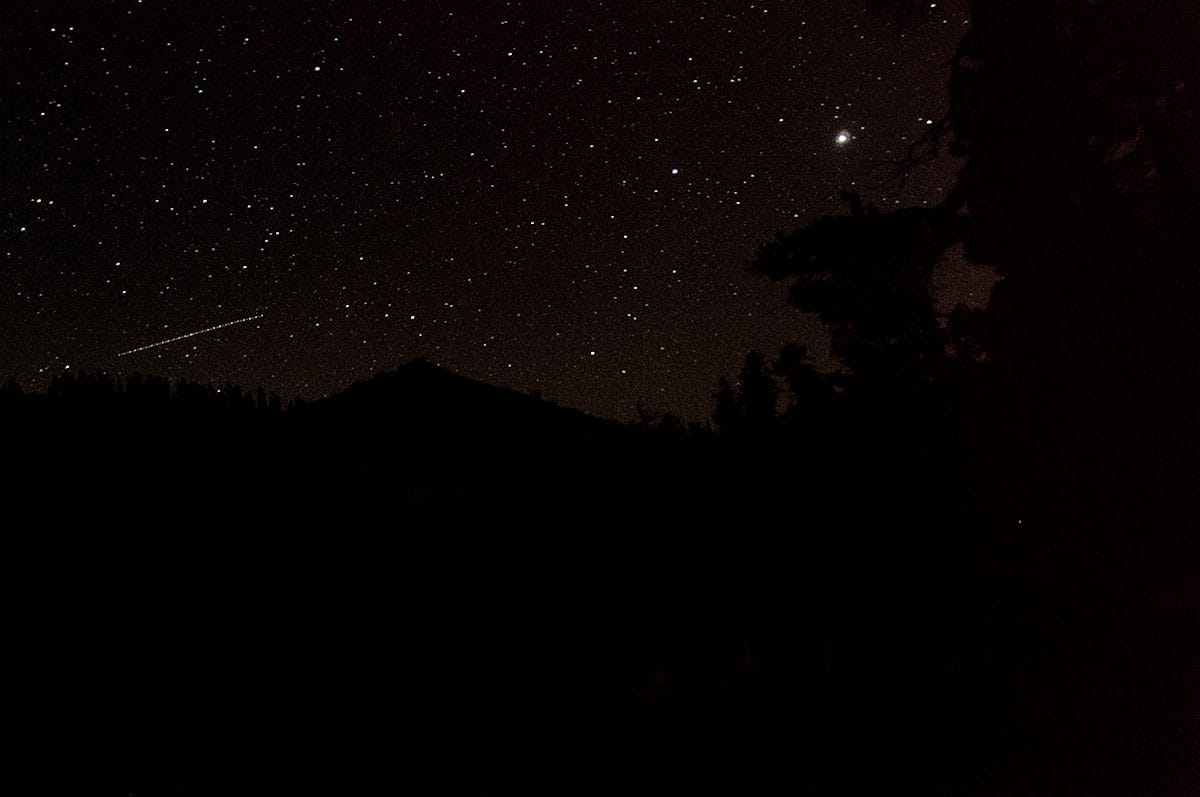

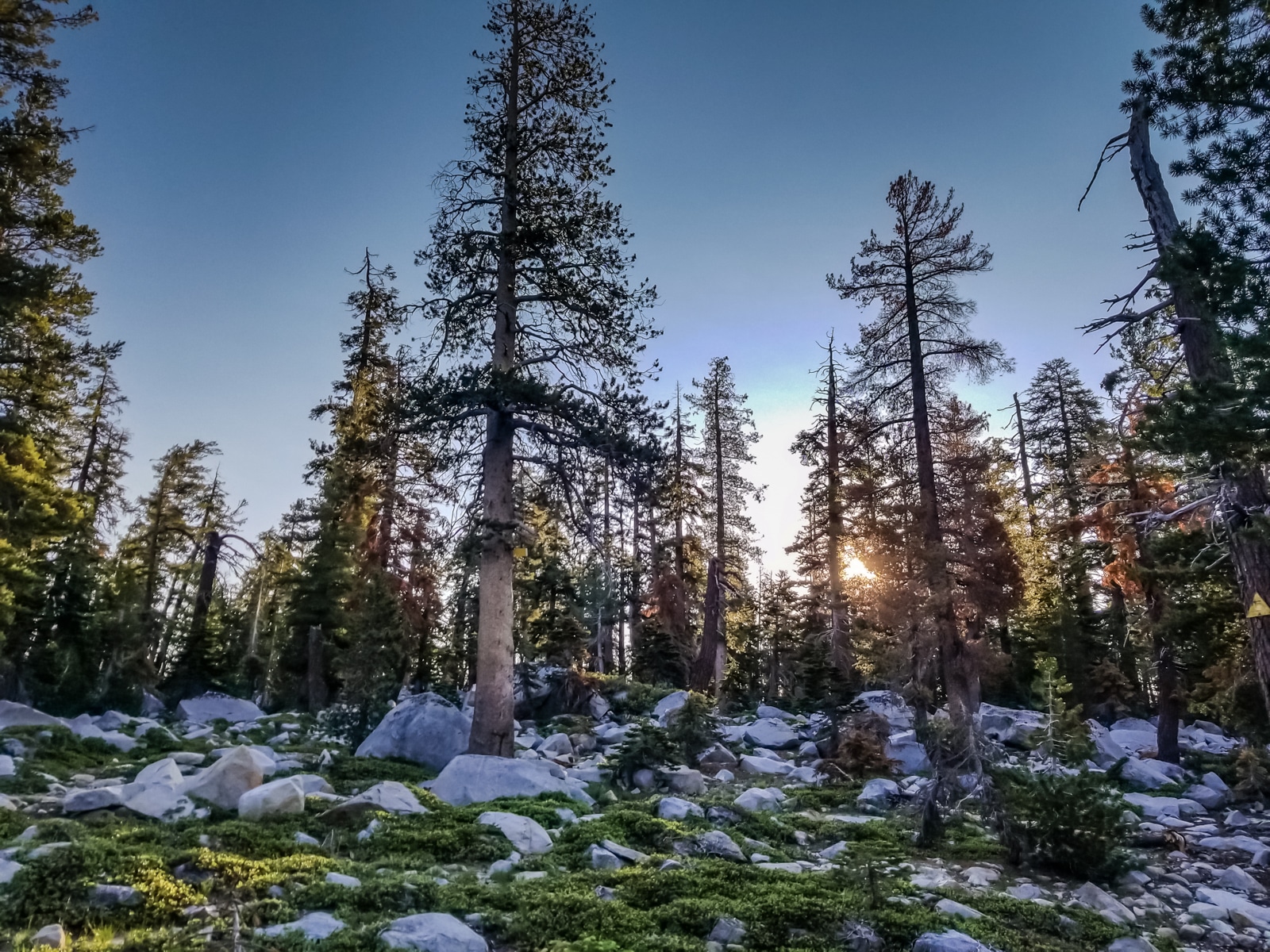

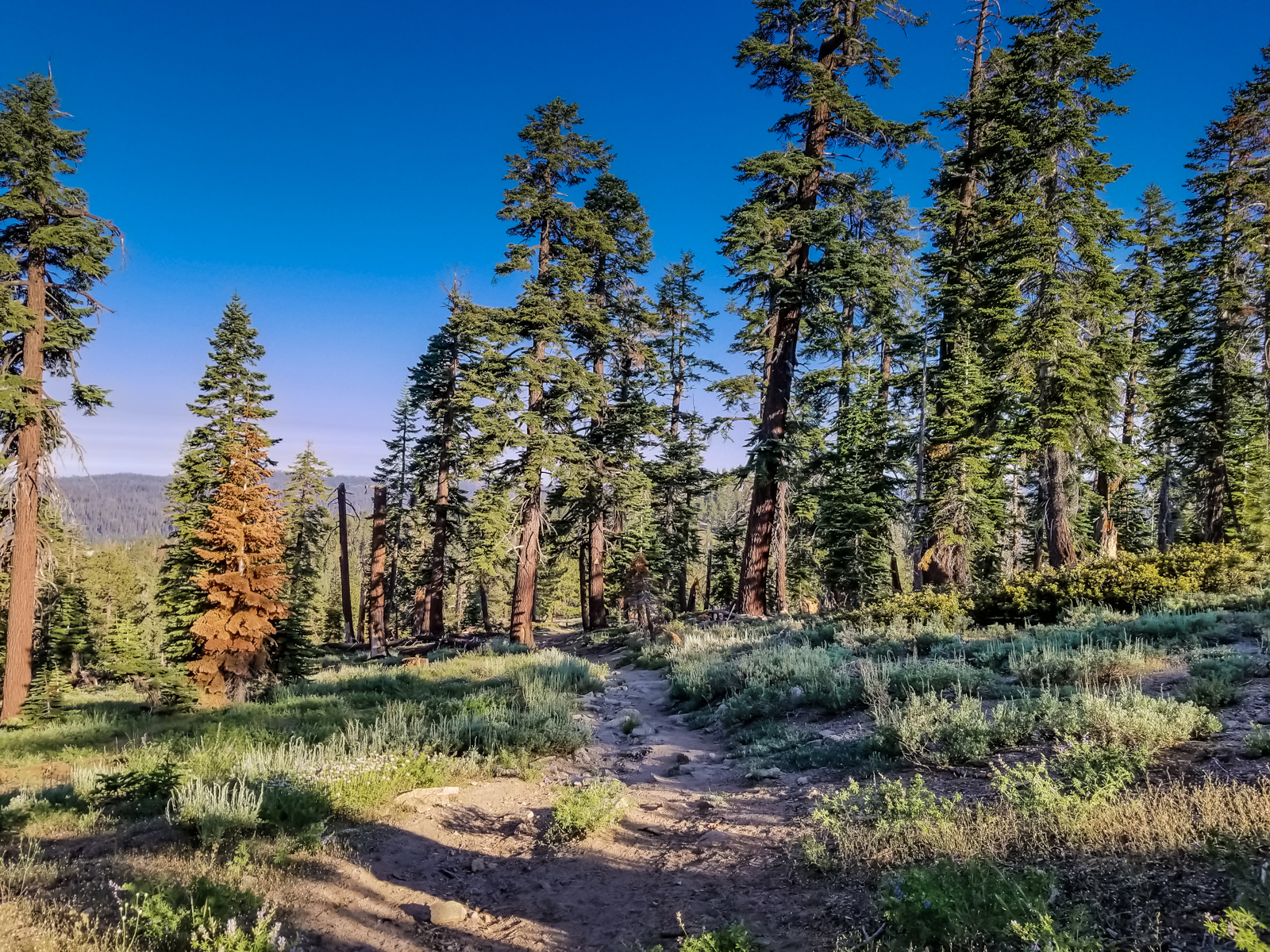
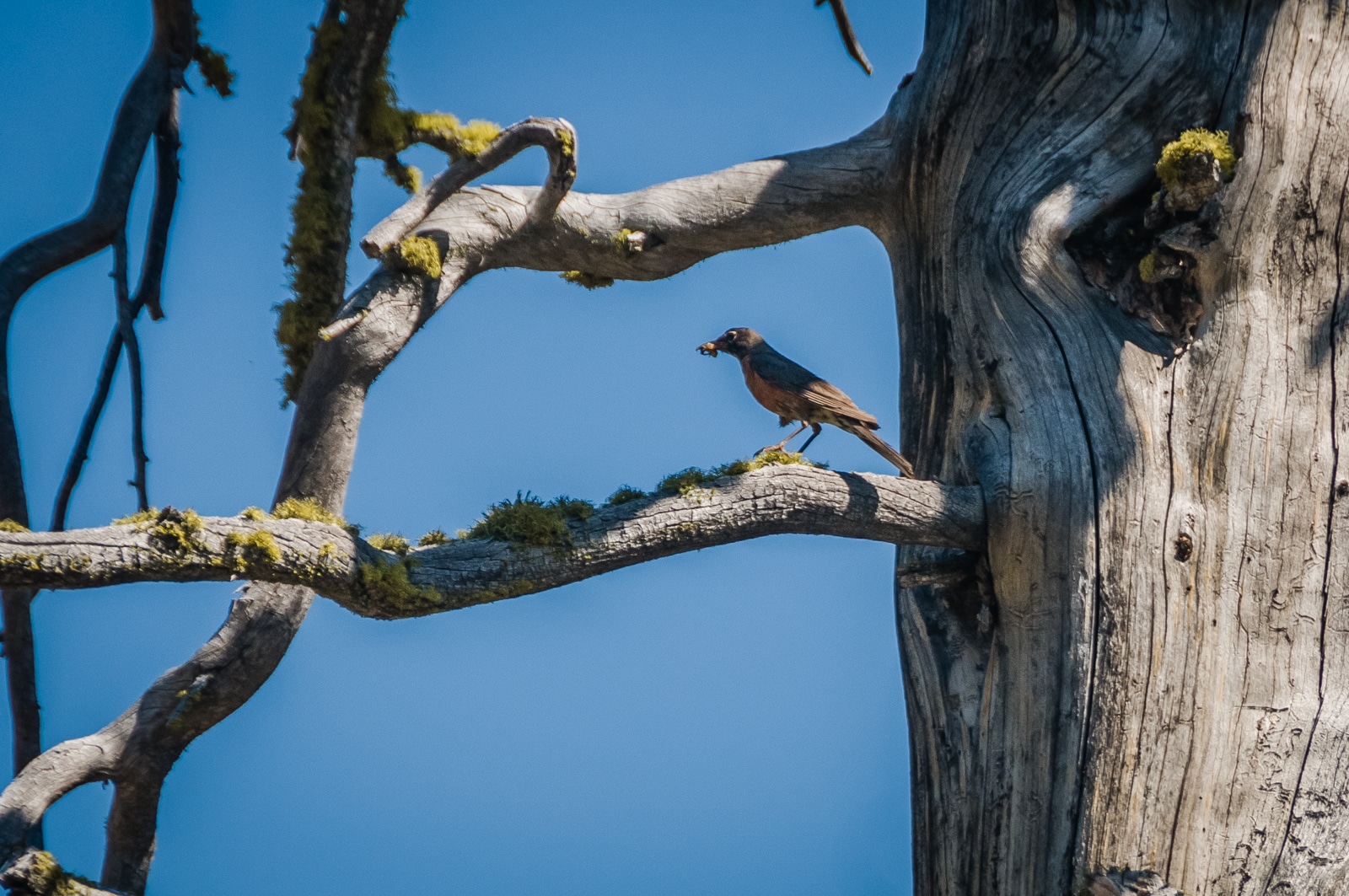
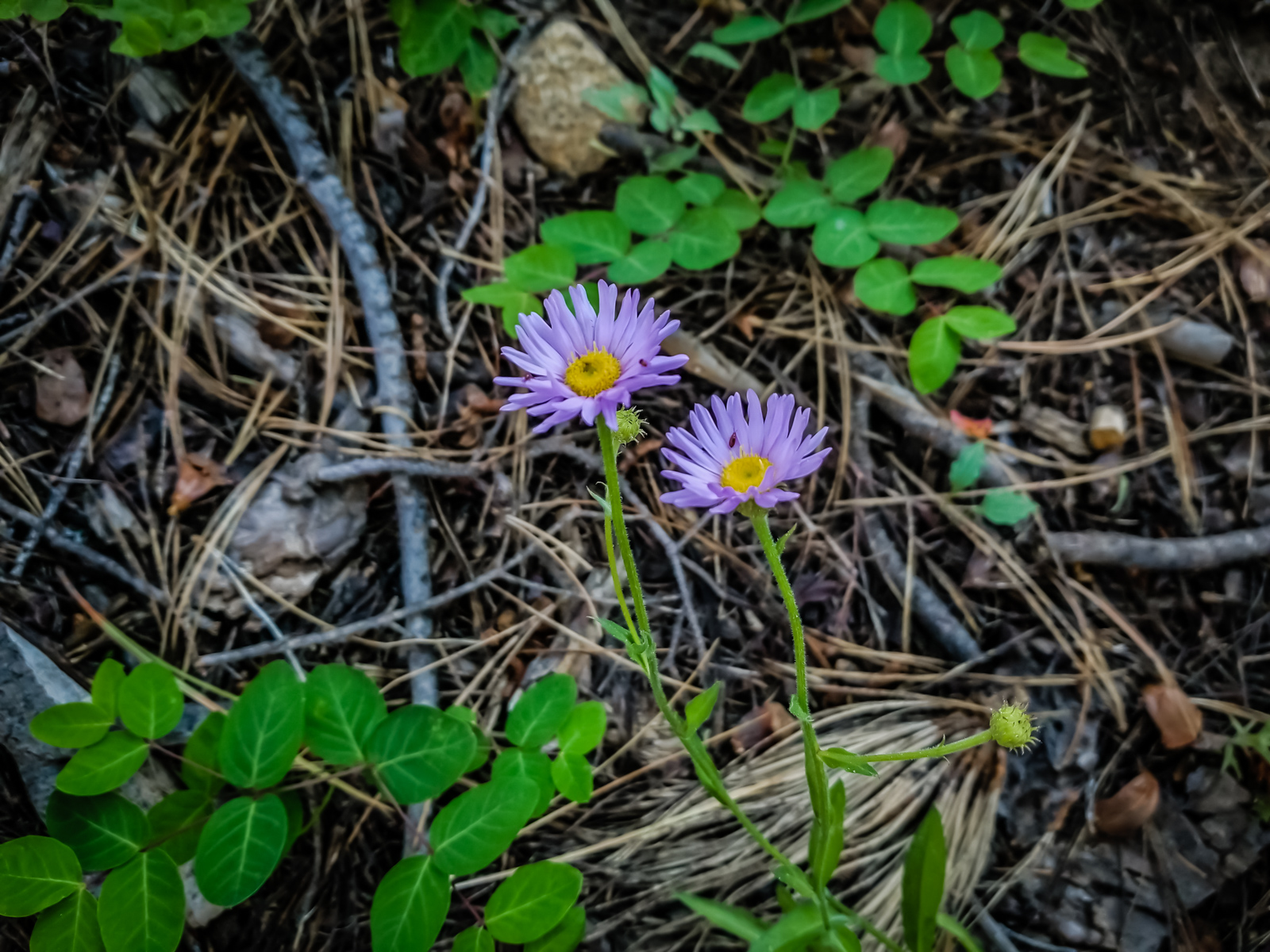
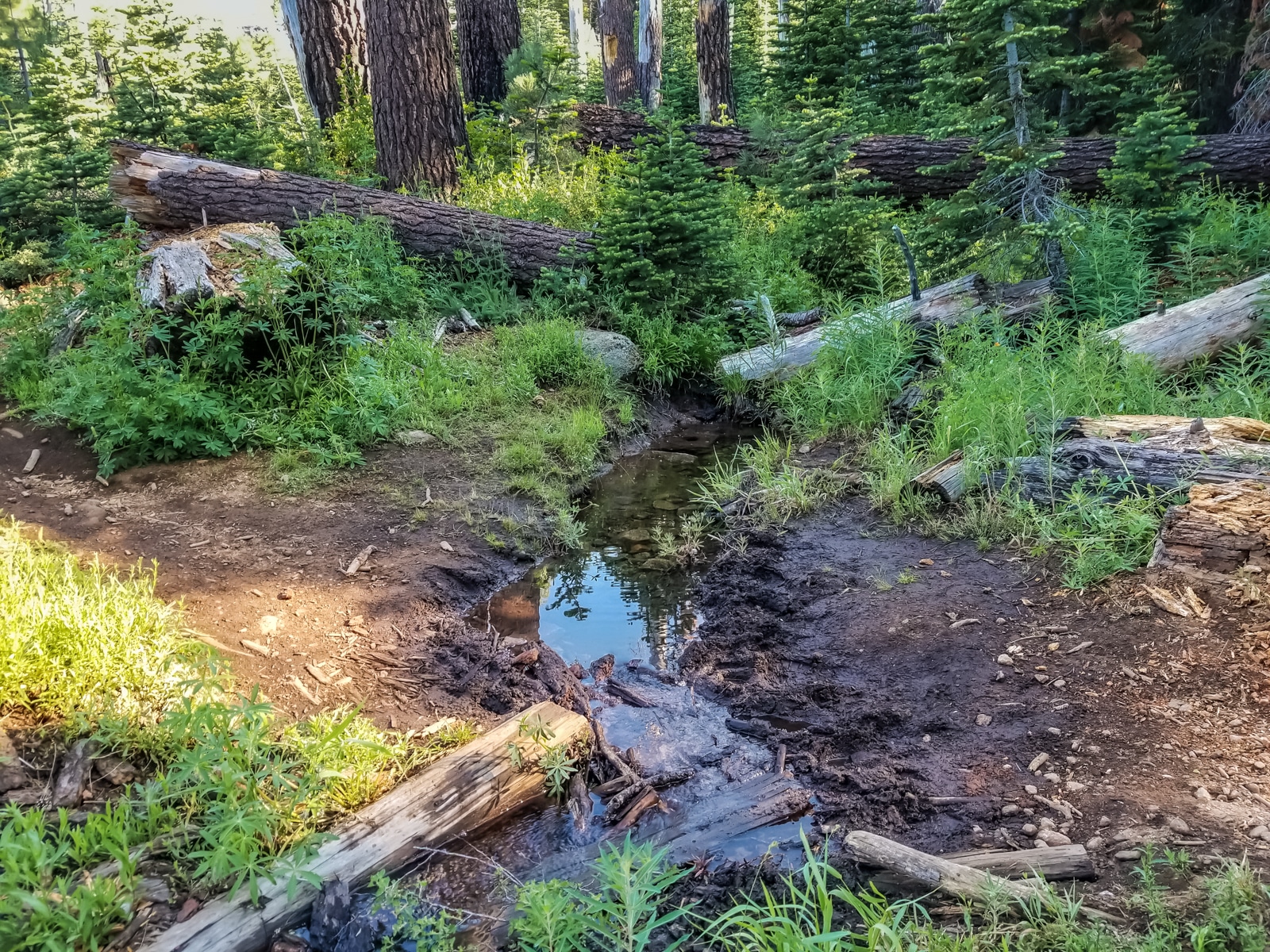
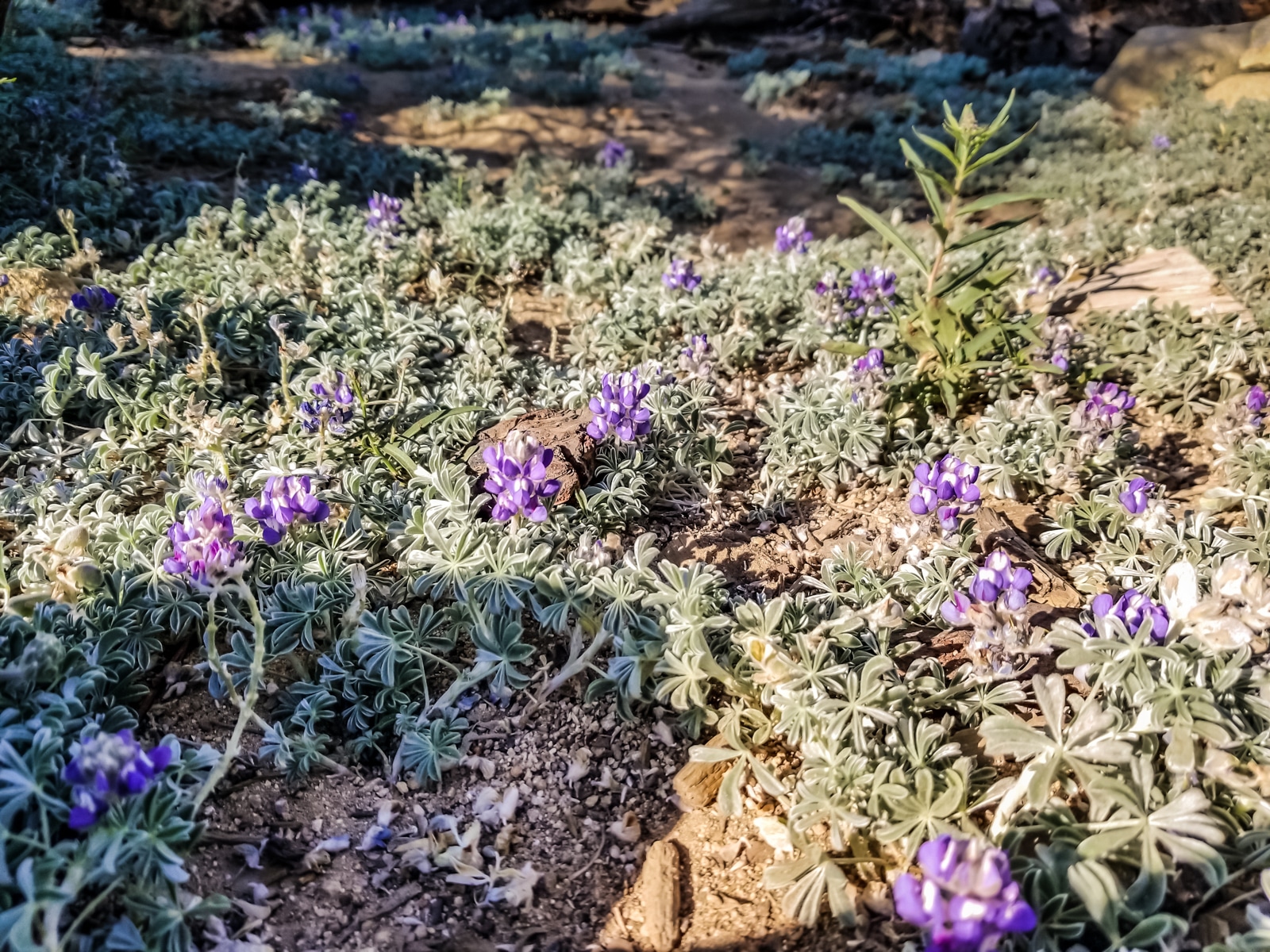
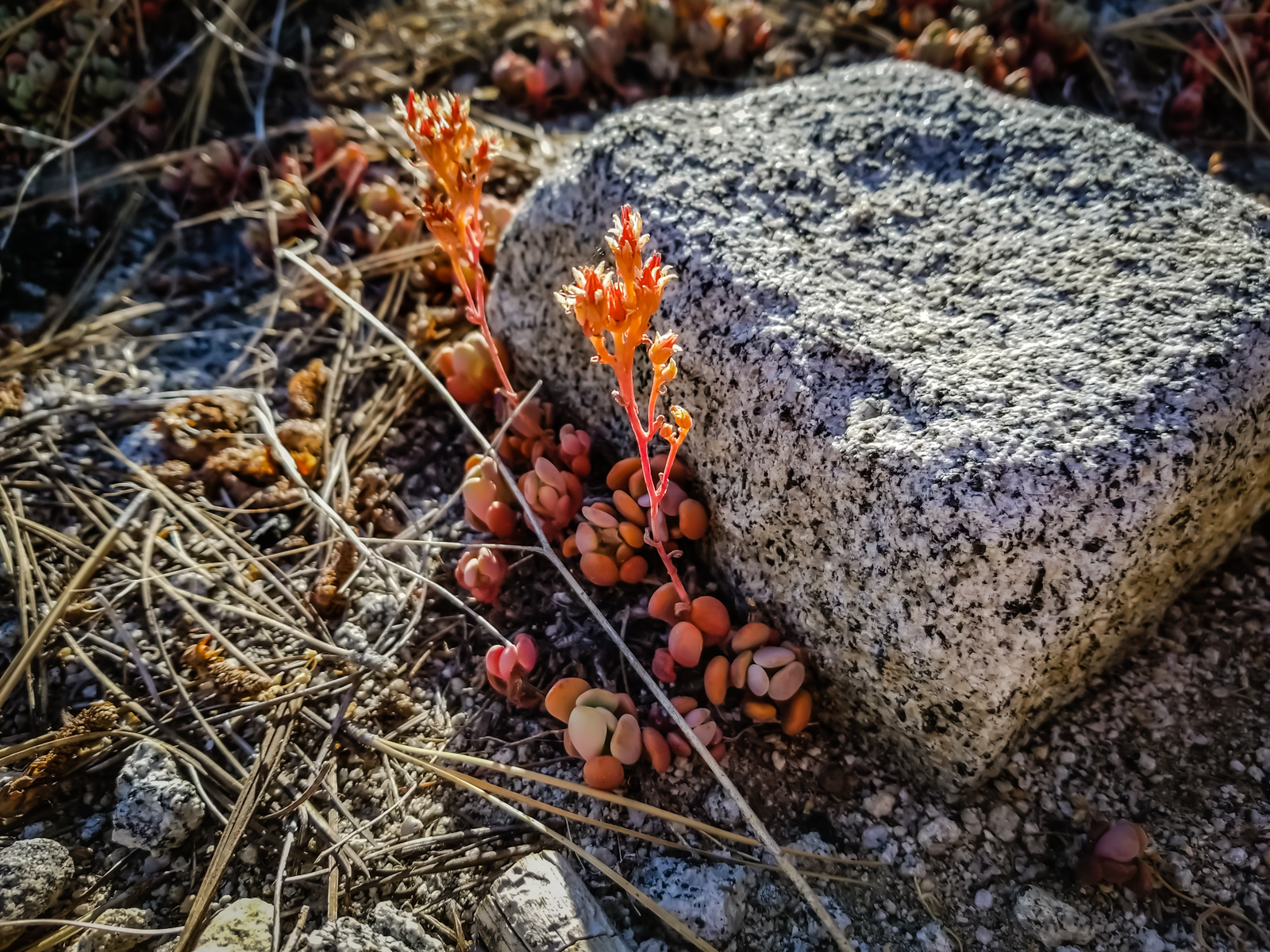
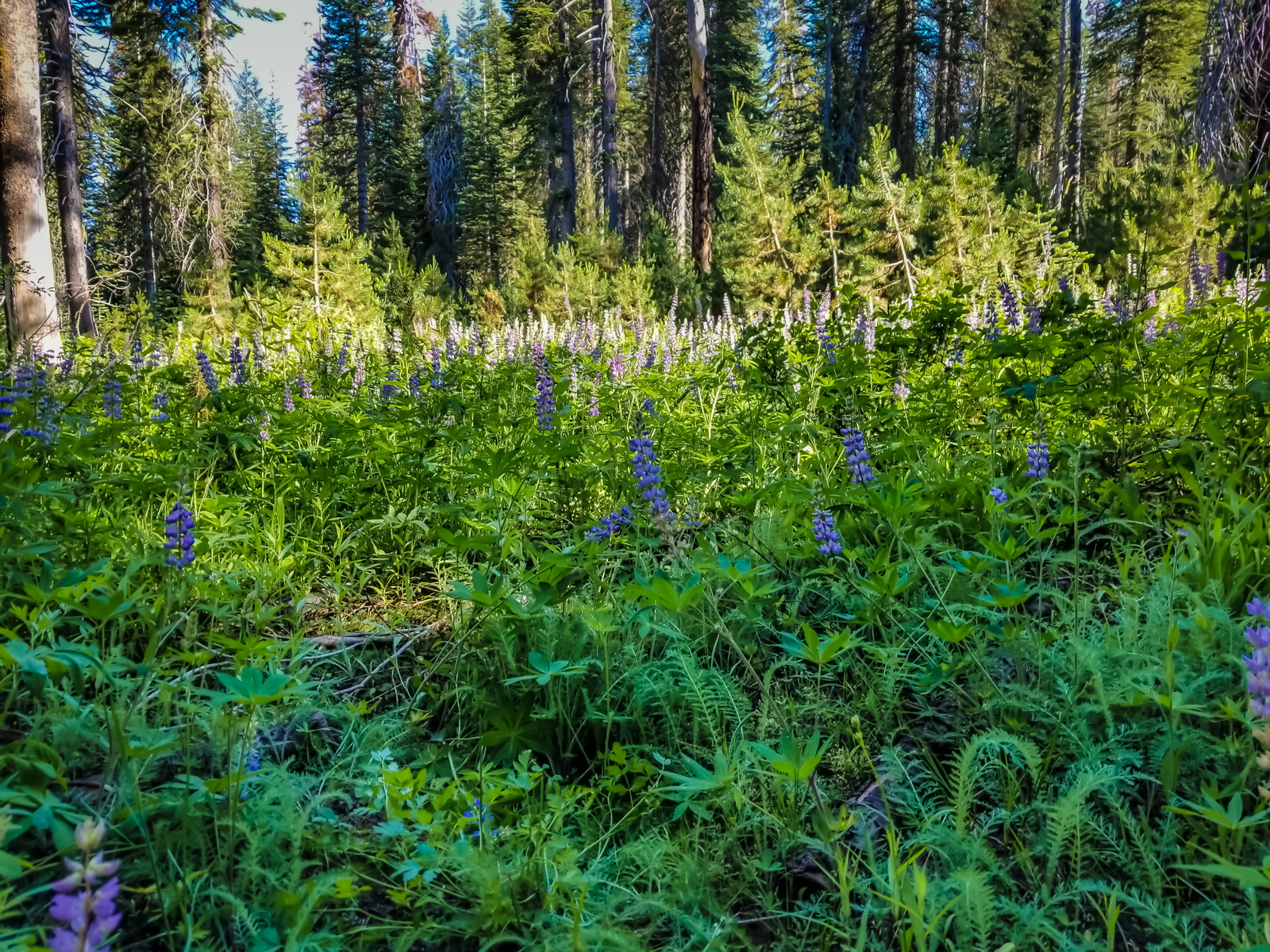
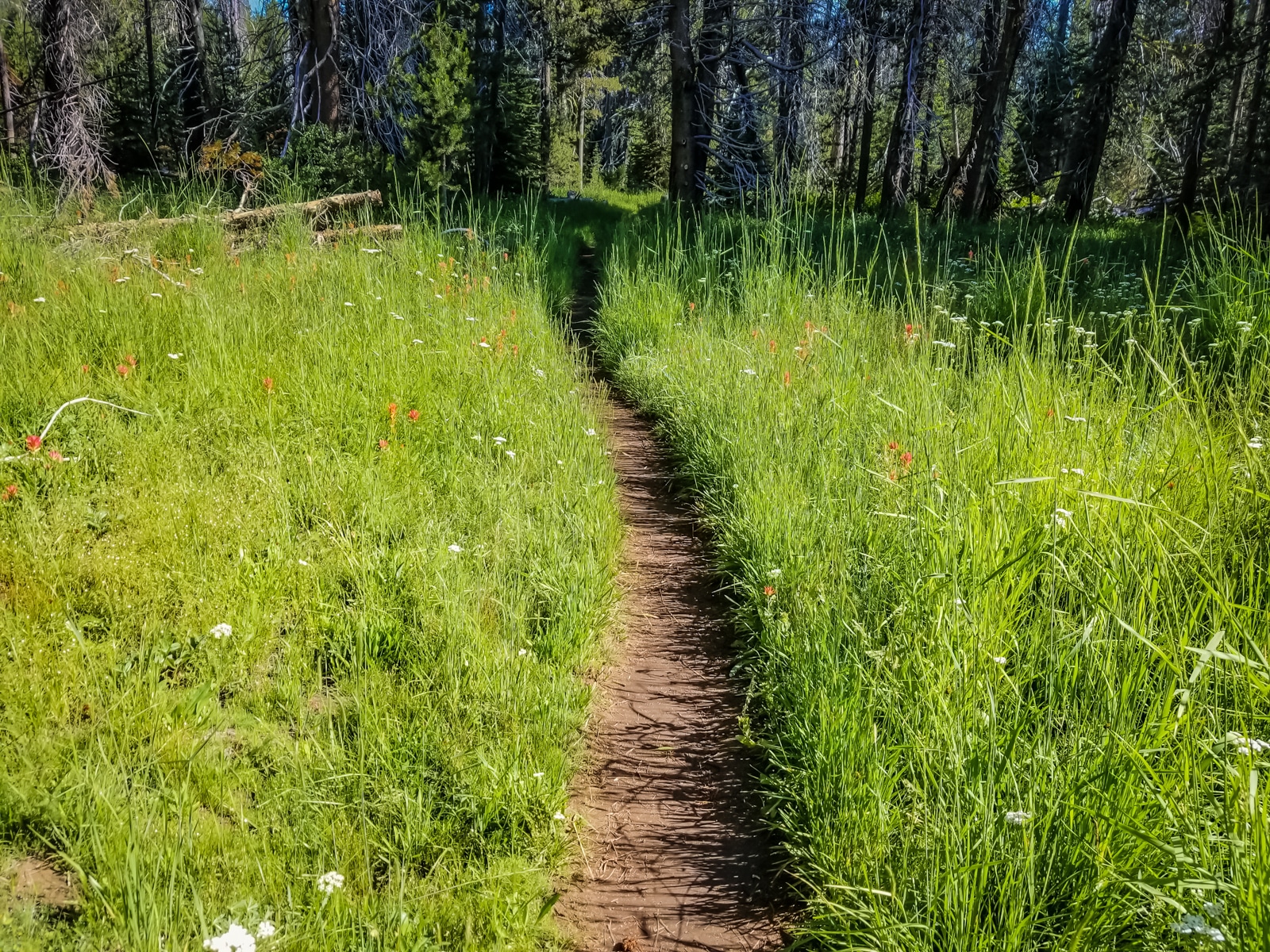
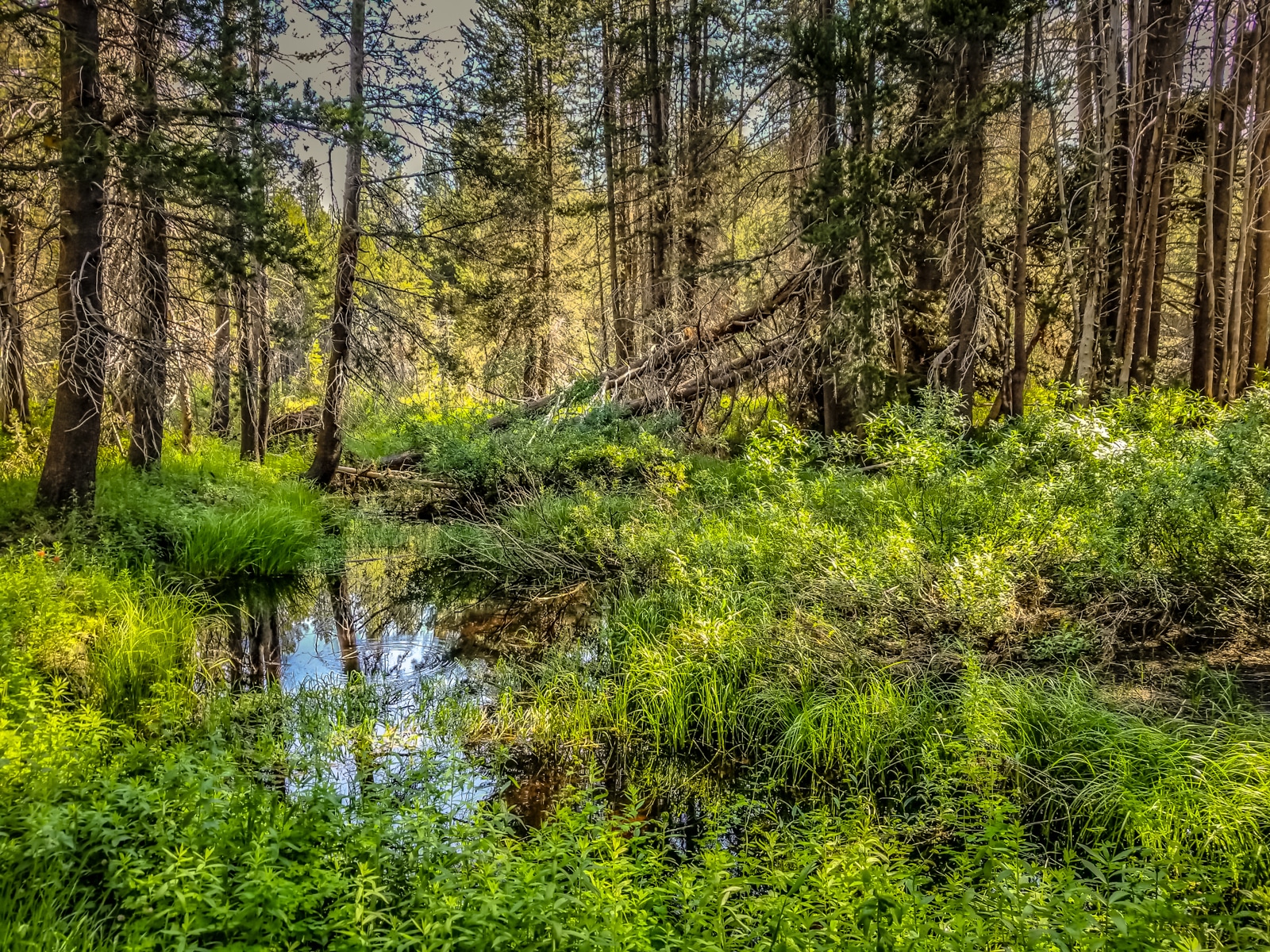
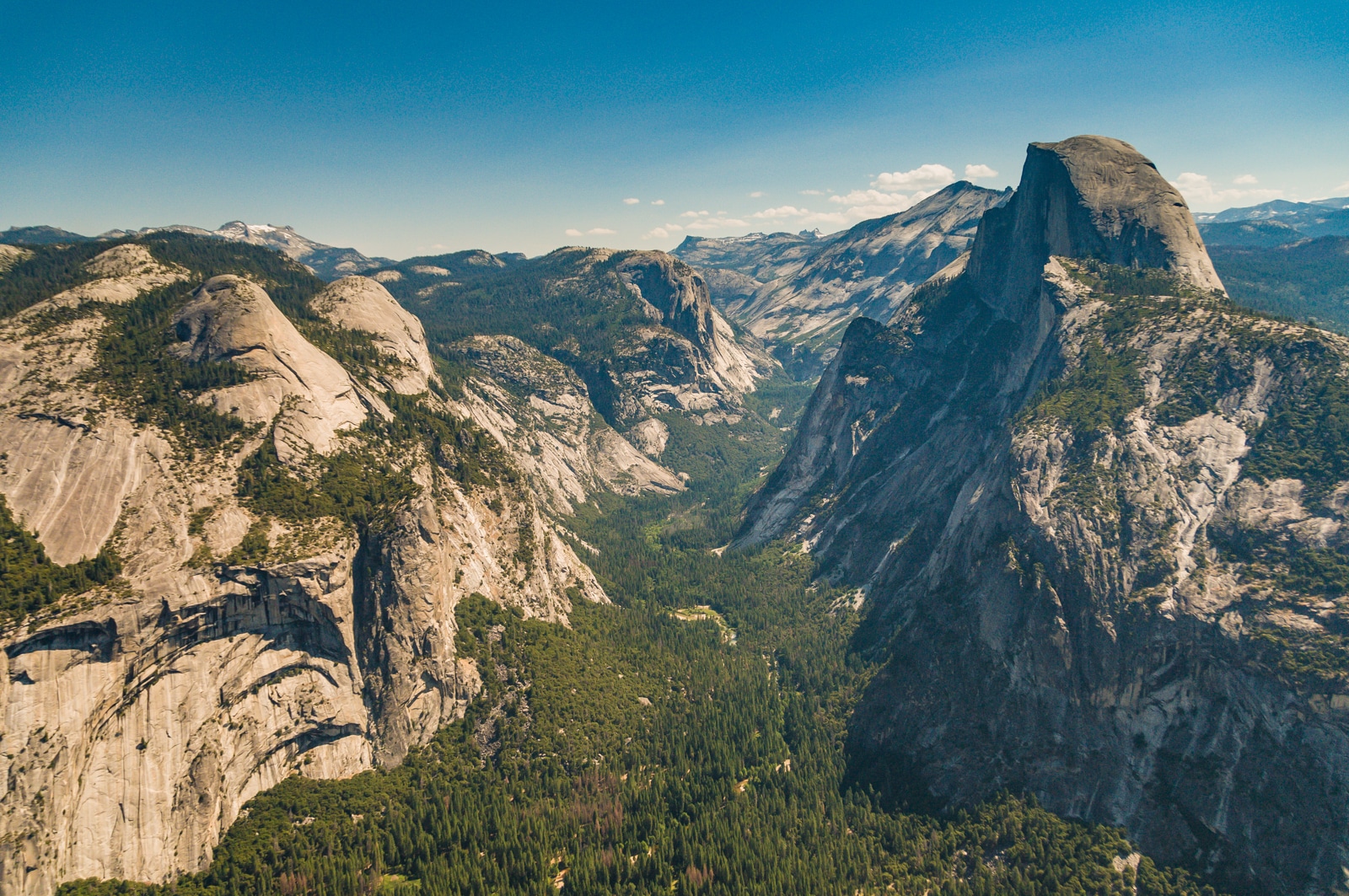
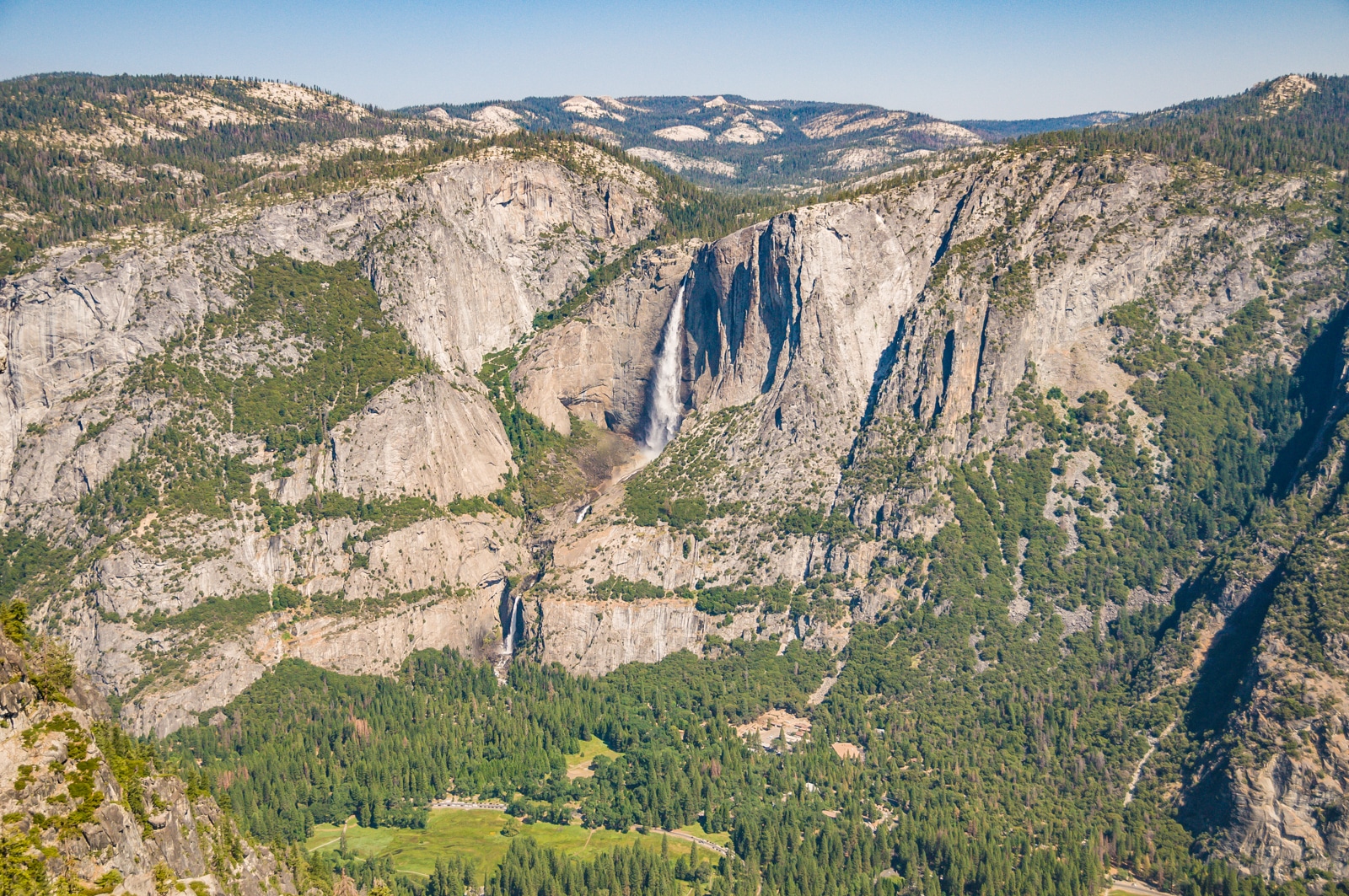

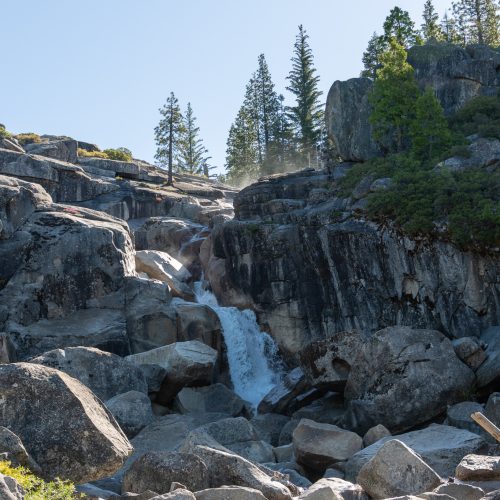
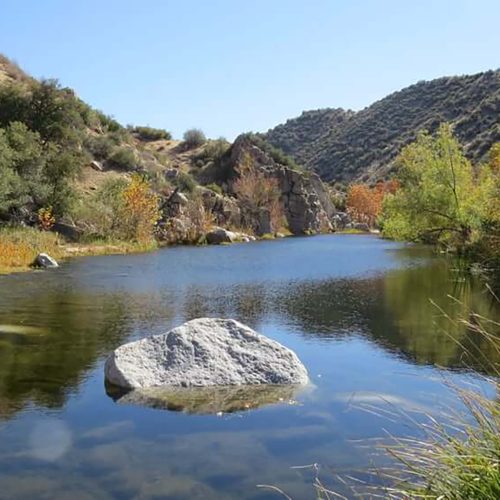

Looks like so much fun!
Kasey Ma
http://www.TheStyleWright.com
This is a wonderful post! I recently visited Yosemite, and I didn’t make it to Glacier Point/Ostrander Lake. I really enjoyed seeing your pics and learning about your adventure. Thanks! Yosemite is one of my favorite national parks in CA!
First off, what a fantastic post! Your pictures are stunning. And second, Yosemite is also one of my most favorite places in the world. There’s a campground right outside the gates that I’m fairly certain I could live in permanently. Adding this hike to my list!
Hi Yosemike, I’m Yosemary! I just loove Yosemite, it’s the perfect place to relax. I live roughly a thousand hours away, but if I had the chance I would go tomorrow. Fantastic and informative post, very well done!
Those photos are gorgeous! I love to hike but I am no where near your level. I like taking small hikes but maybe one day I will get to Yosemite and try that out. It looks like a fun challenge and the view alone looks worth it!
I would definitely love to visit this park, looks so beautiful and serene.
OMG this looks so beautiful. It doesn’t even look real.
This is so high on my list! I hope to do this soon.
Thank you for breaking down the cost like that! I found that super helpful. Also, your photos are beautiful! Ostrander Lake is on my “want to visit” list. It looks so gorgeous!
Yosemite is definitely on my list of places to visit! These pictures are absolutely gorgeous!
I’m bummed to know that dogs aren’t allowed, but thank you for including that information!
Summer can’t get here soon enough, this hike sounds amazing. Been to Yosemite a few times, but never to overnight backpack. I’ve thought about storing a beer bottle in my 3 liter Camelback since I usually load it up with ice & water.
Gorgeous! I can’t wait until I get a chance to go to Yosemite. My husband and I usually do our mountain hiking and backpacking in Glacier National Park. We will have to go to Yosemite soon!
I would to hike here one day. It looks really nice.
I hope you can make it! Yosemite is so incredible.
This is such a fabulous Yosemite adventure post! I loved the gorgeous description of your journey and experiences as well as the incredible photos and videos. My family and I usually make an annual trip to Yosemite in the spring, but now I’m inspired to make another trip in late summer/early fall. Thank you so much for all of the detailed information. It makes planning a trip to Yosemite’s Ostrander Lake so much easier!
Denay,
I’m so glad you loved my descriptors and storytelling of Ostrander Lake! I look forward to hearing when you next visit Yosemite!